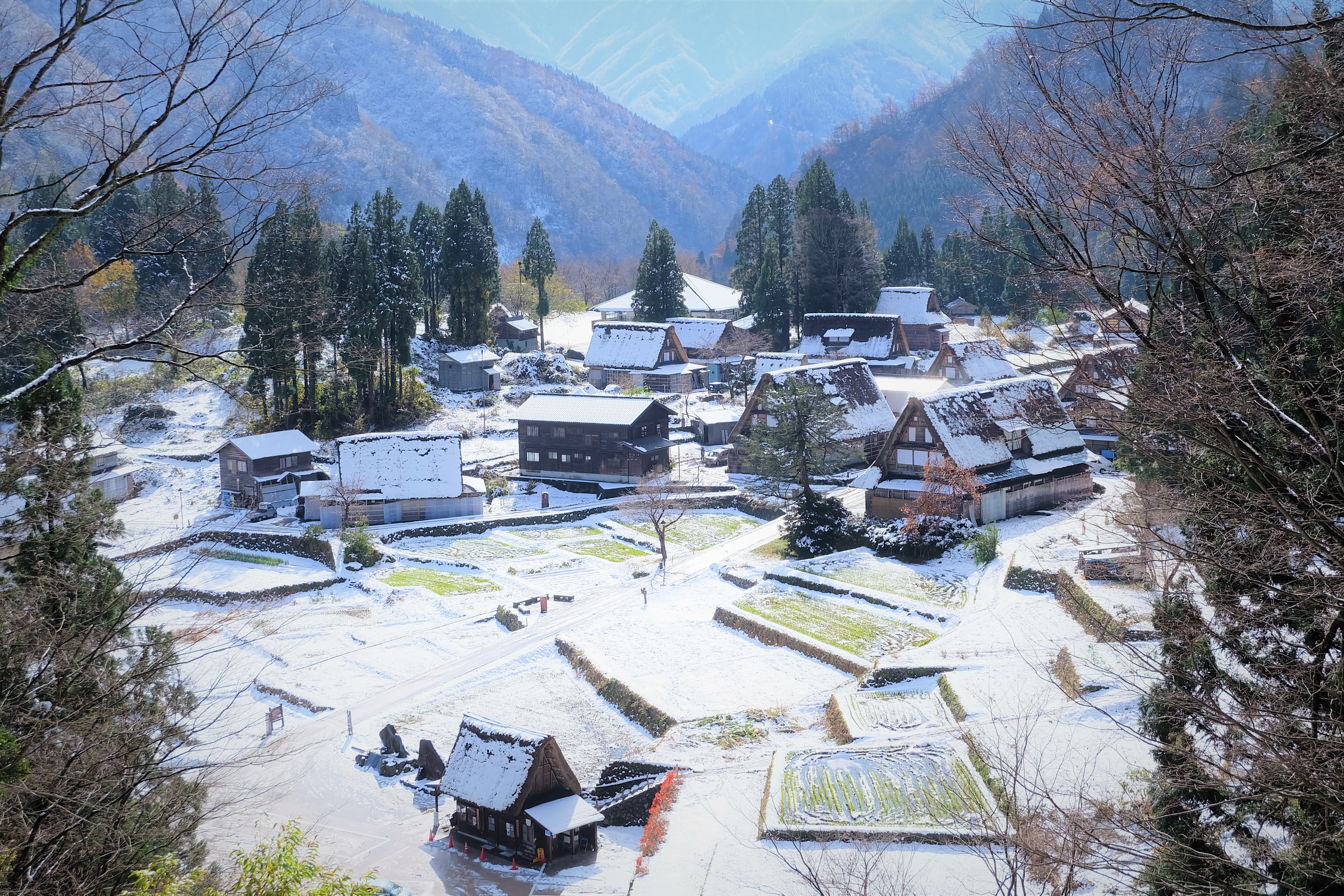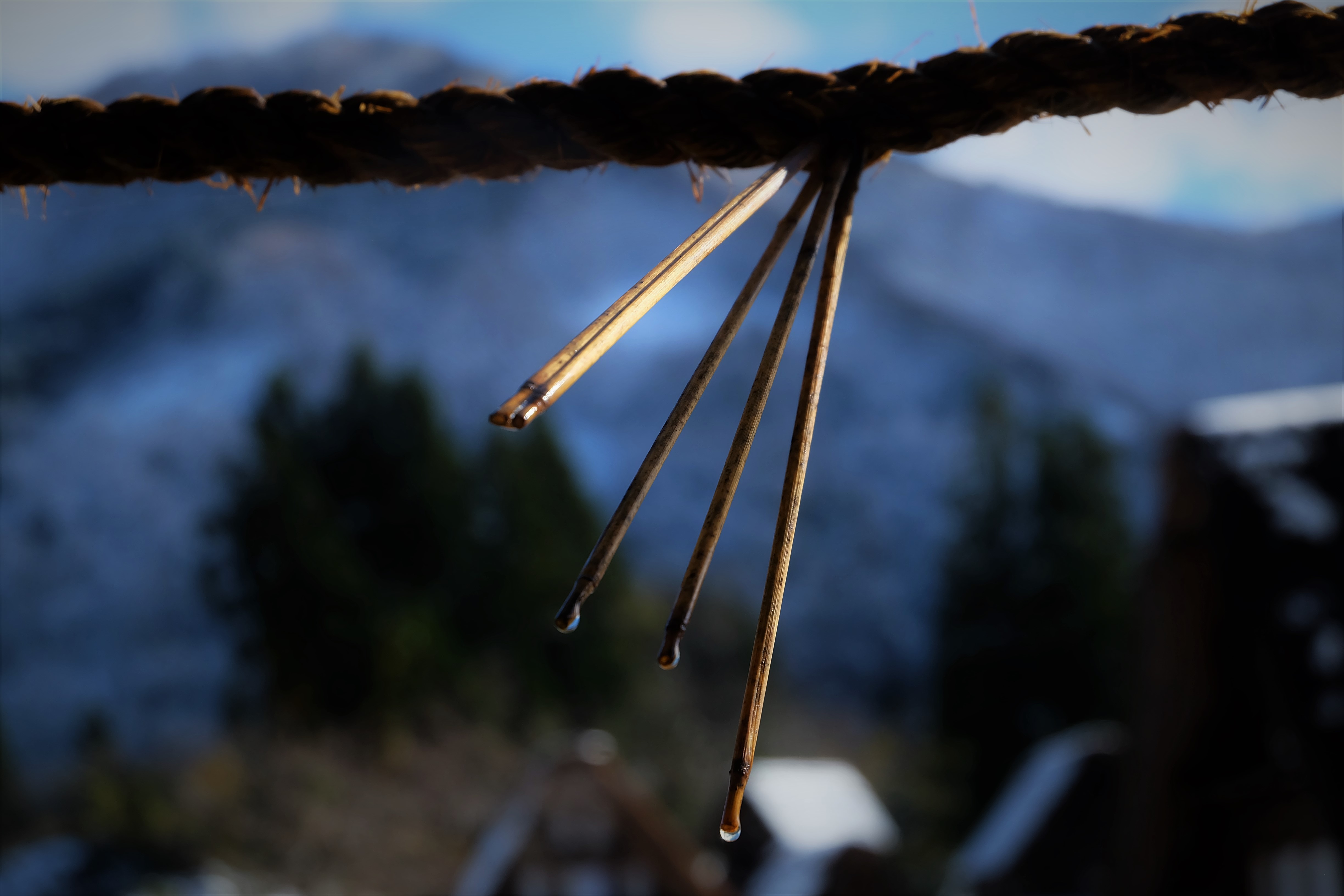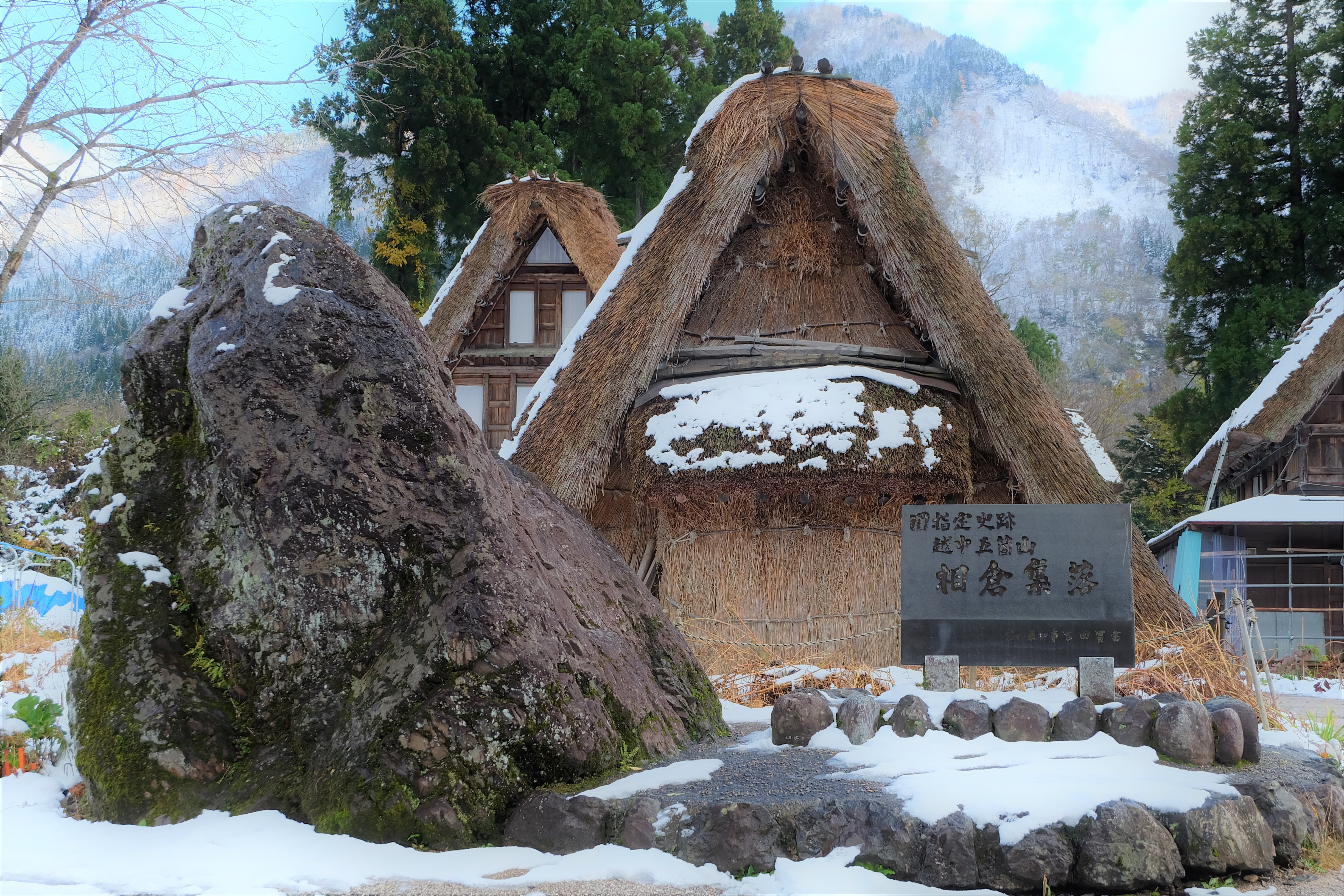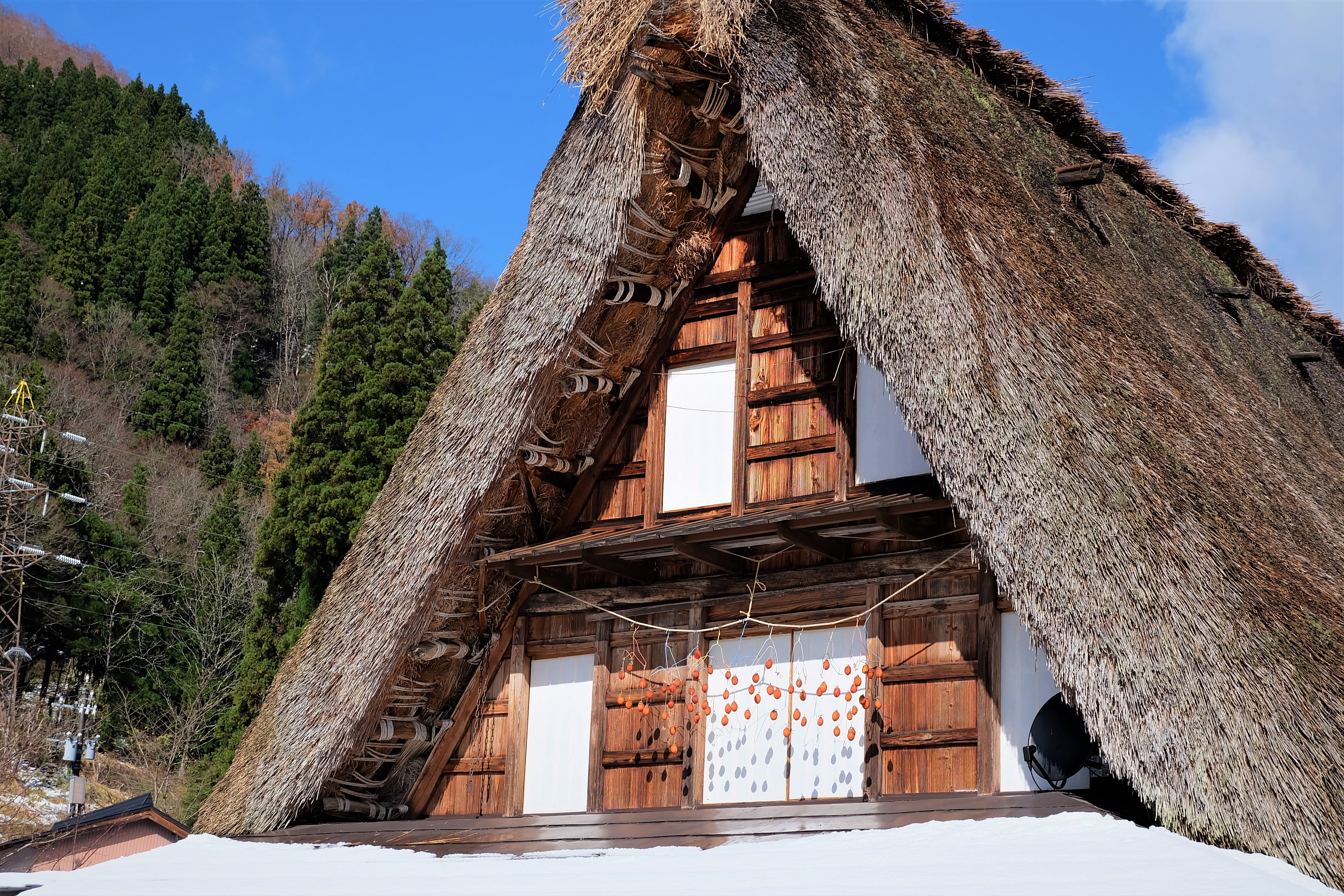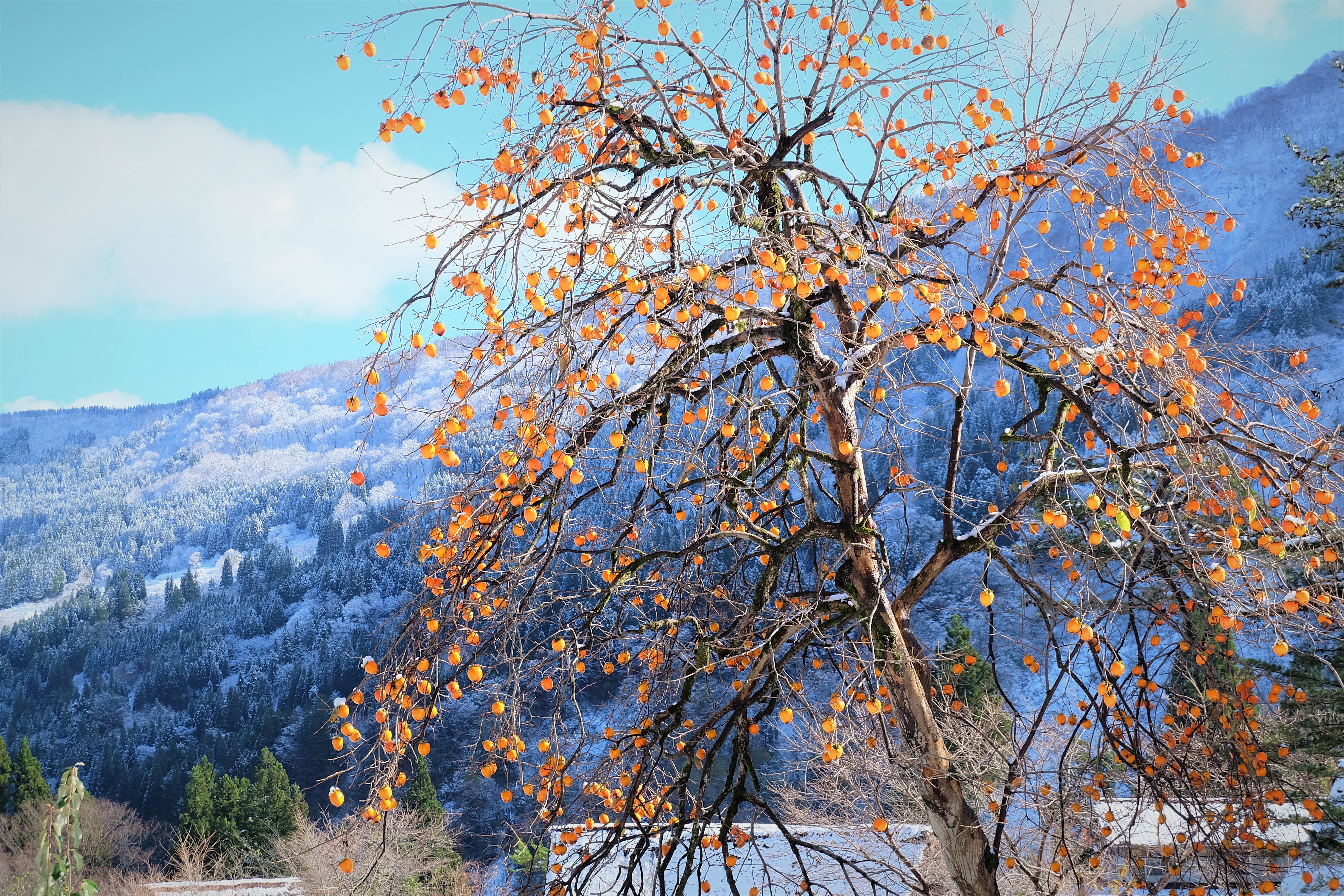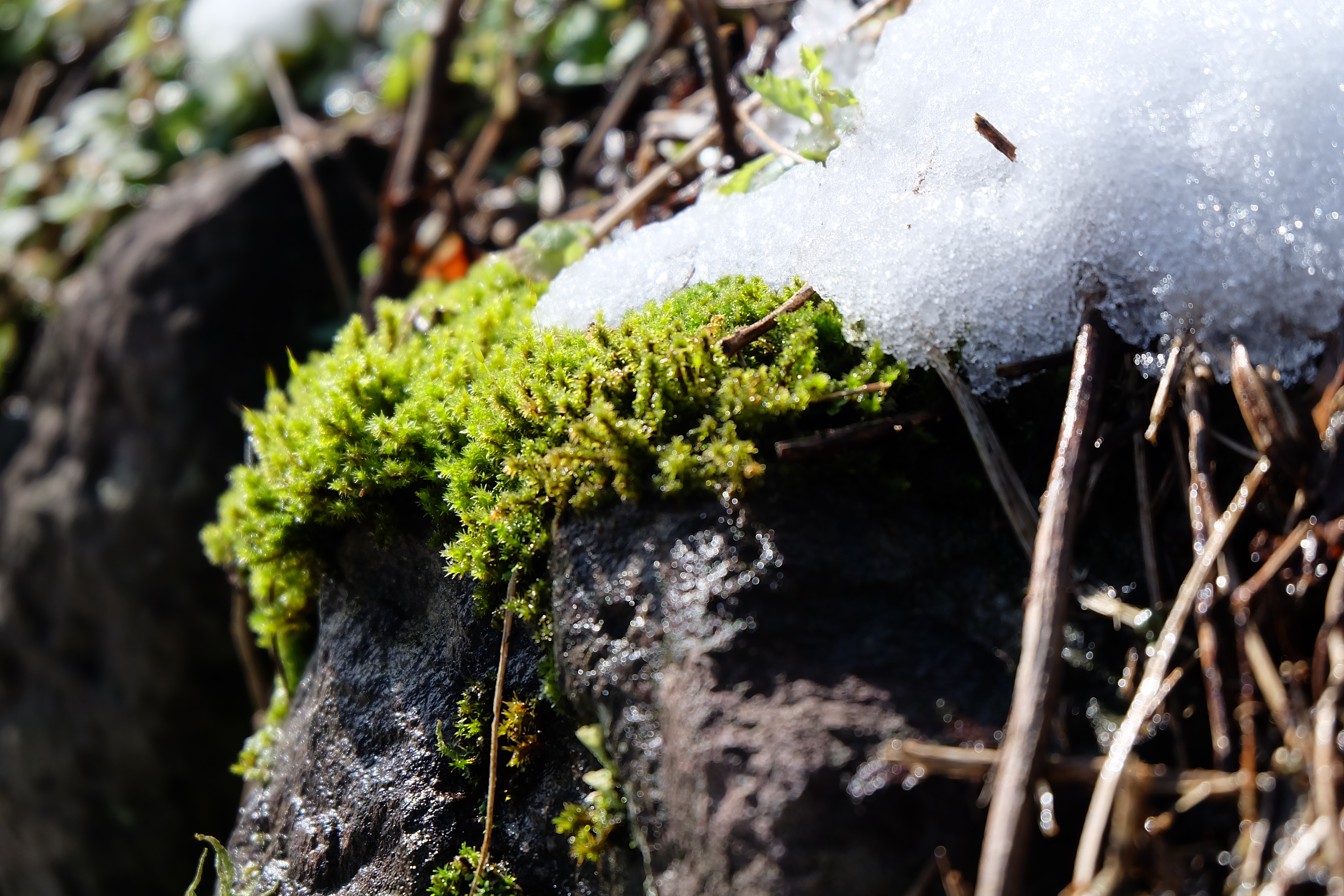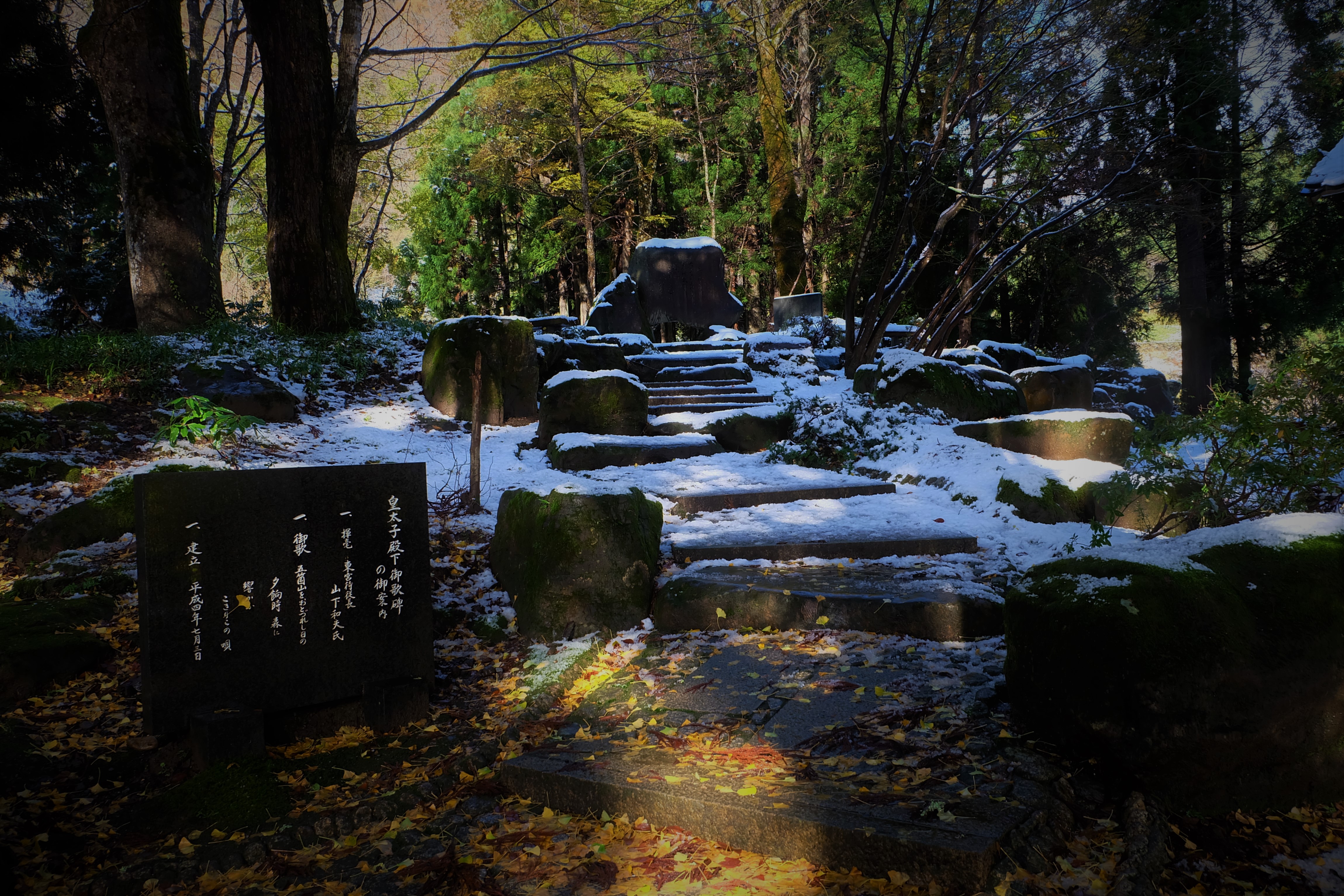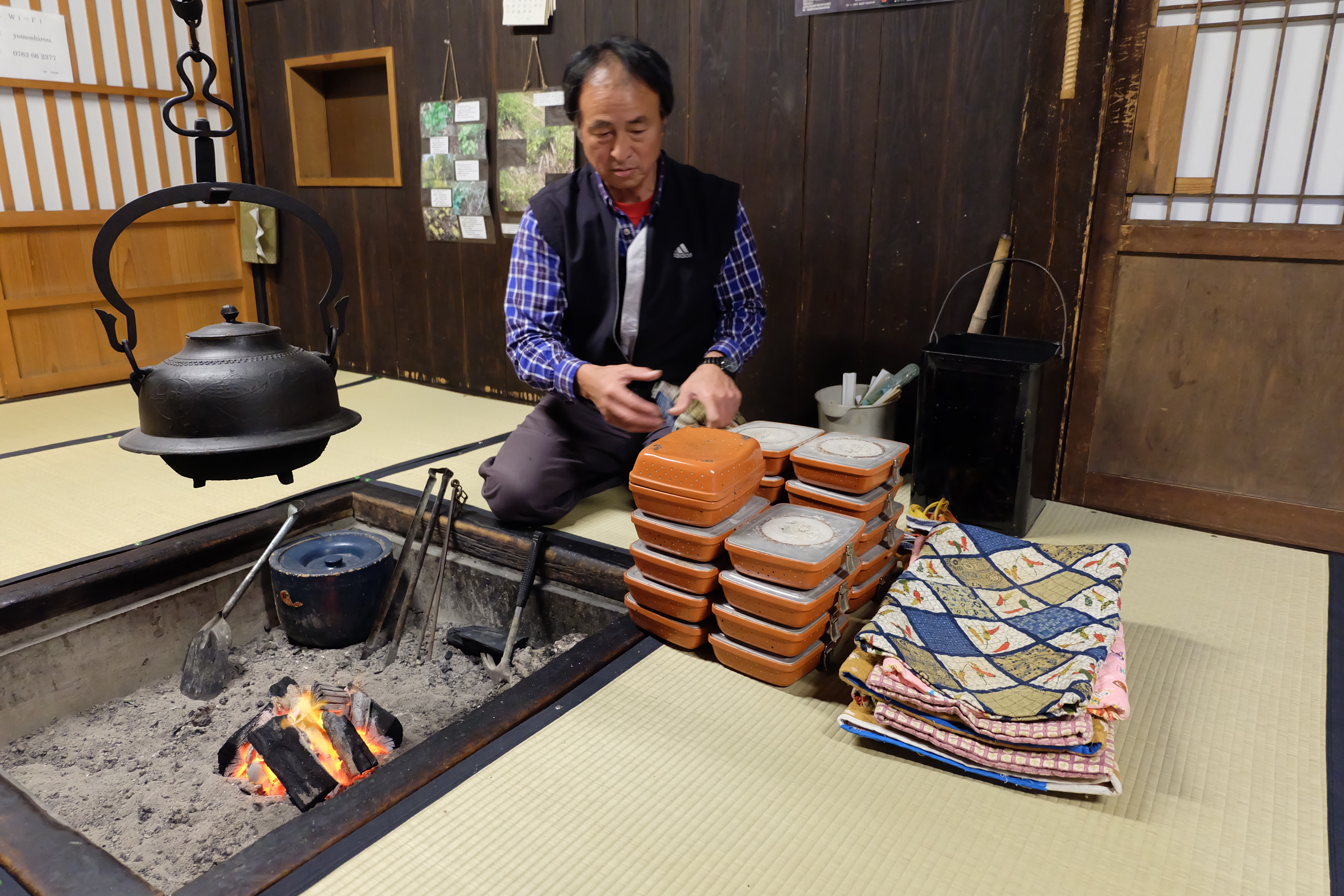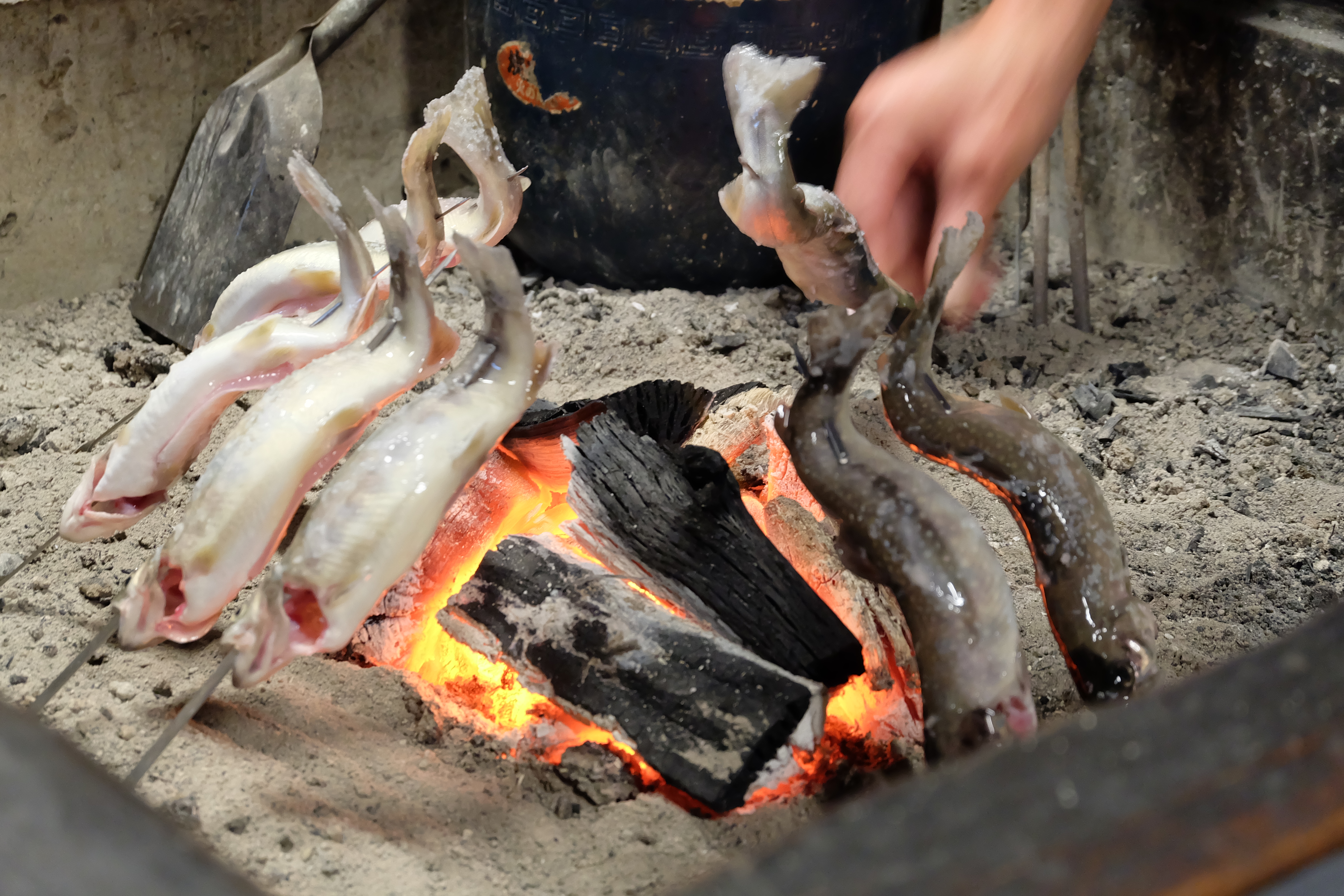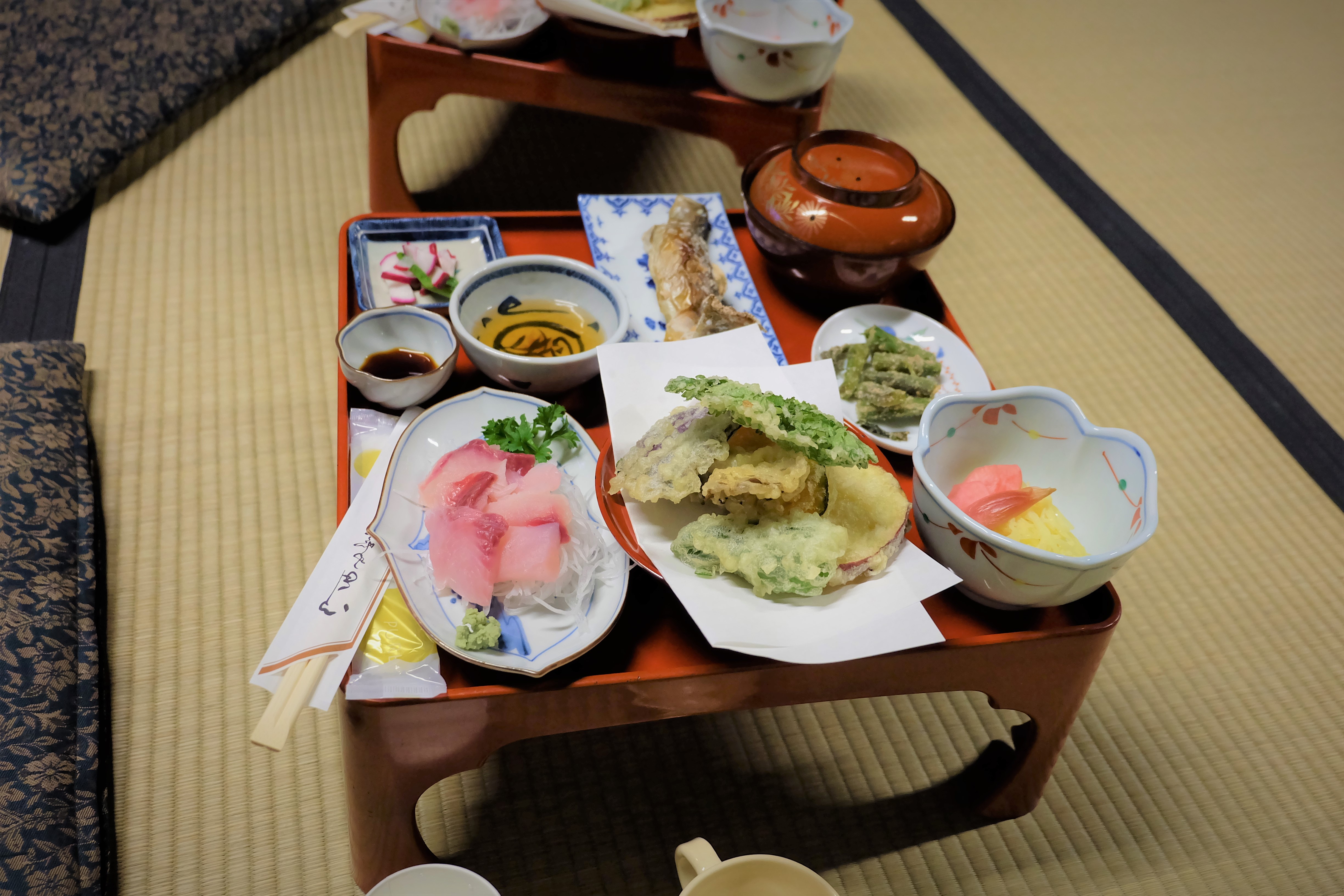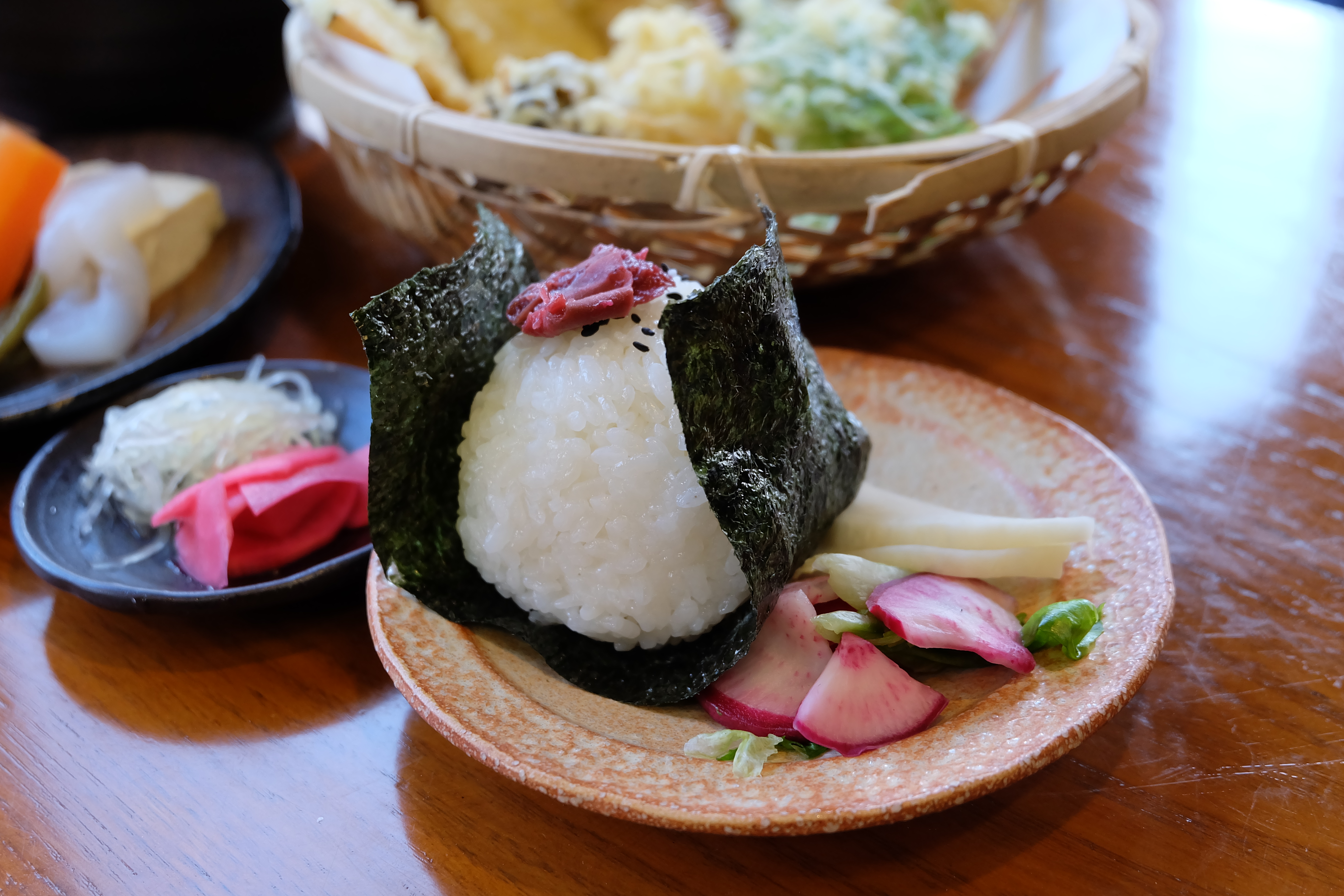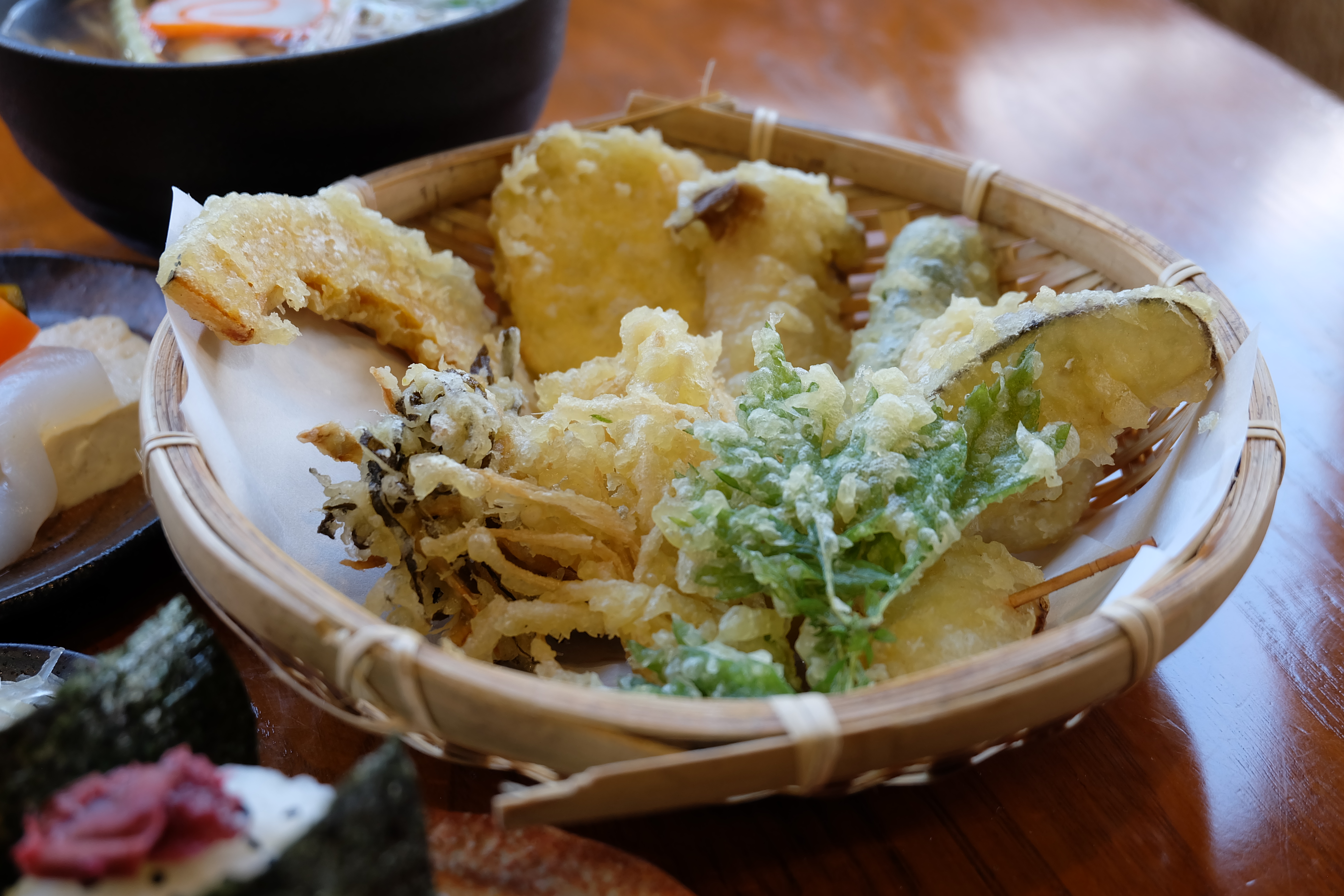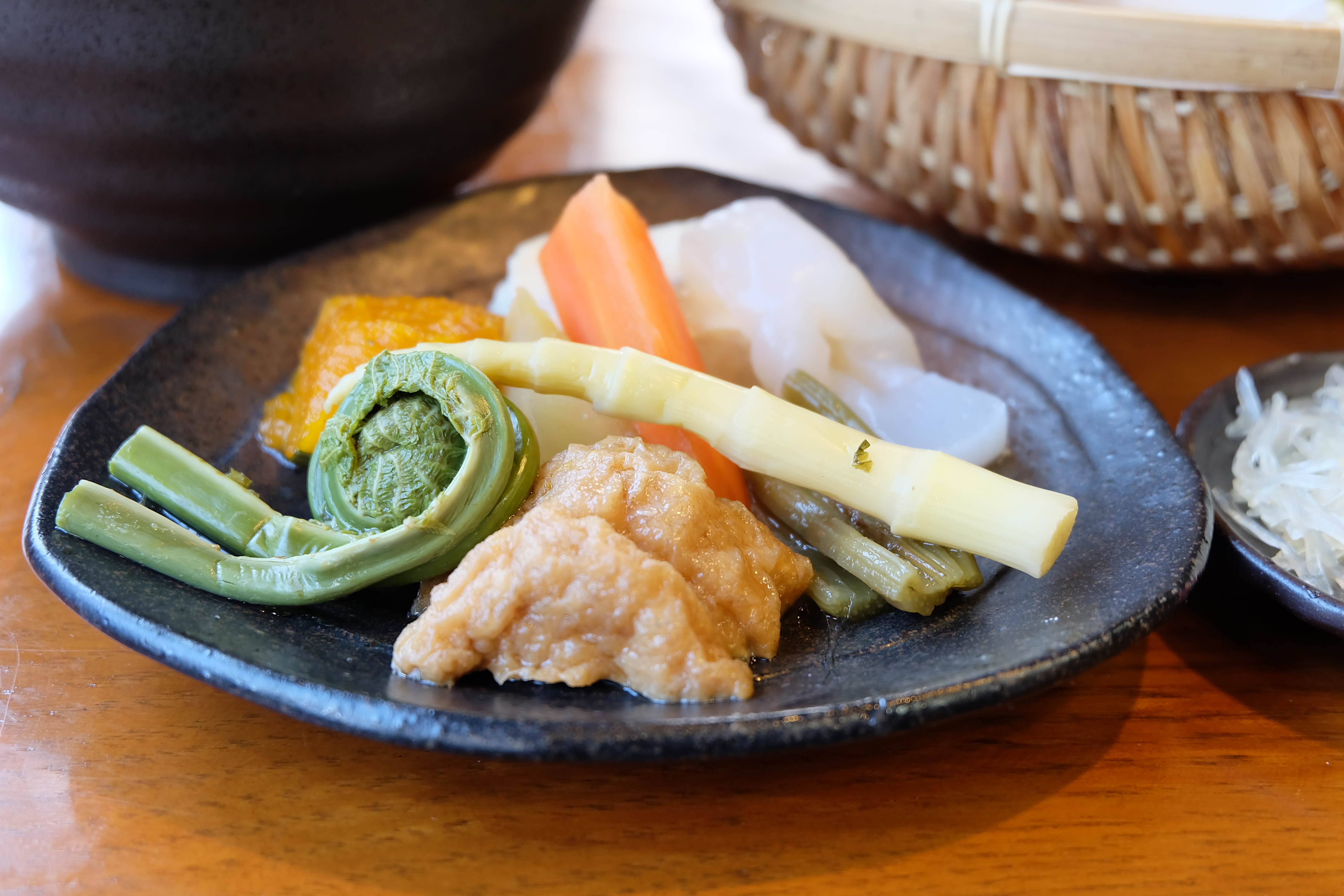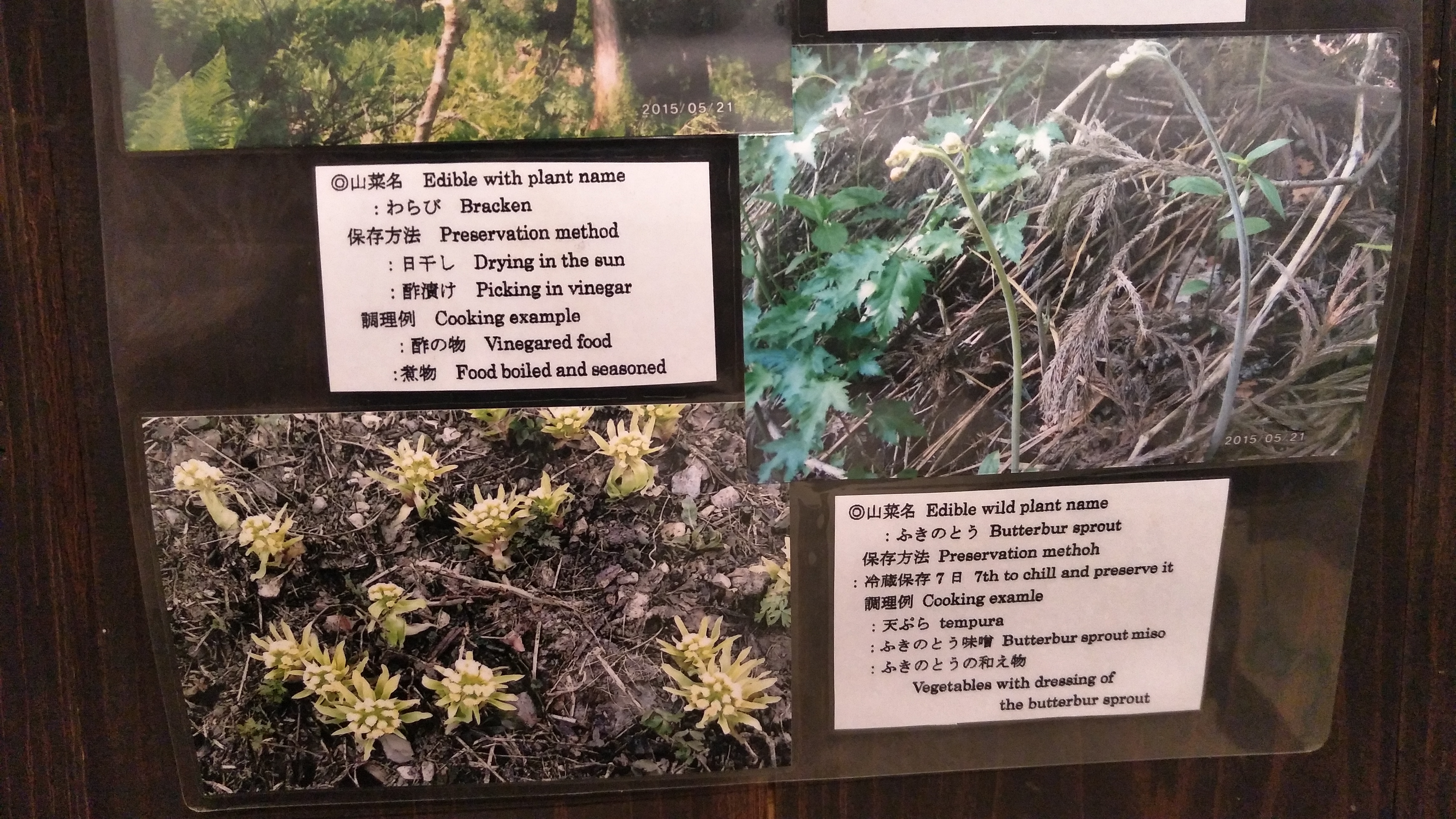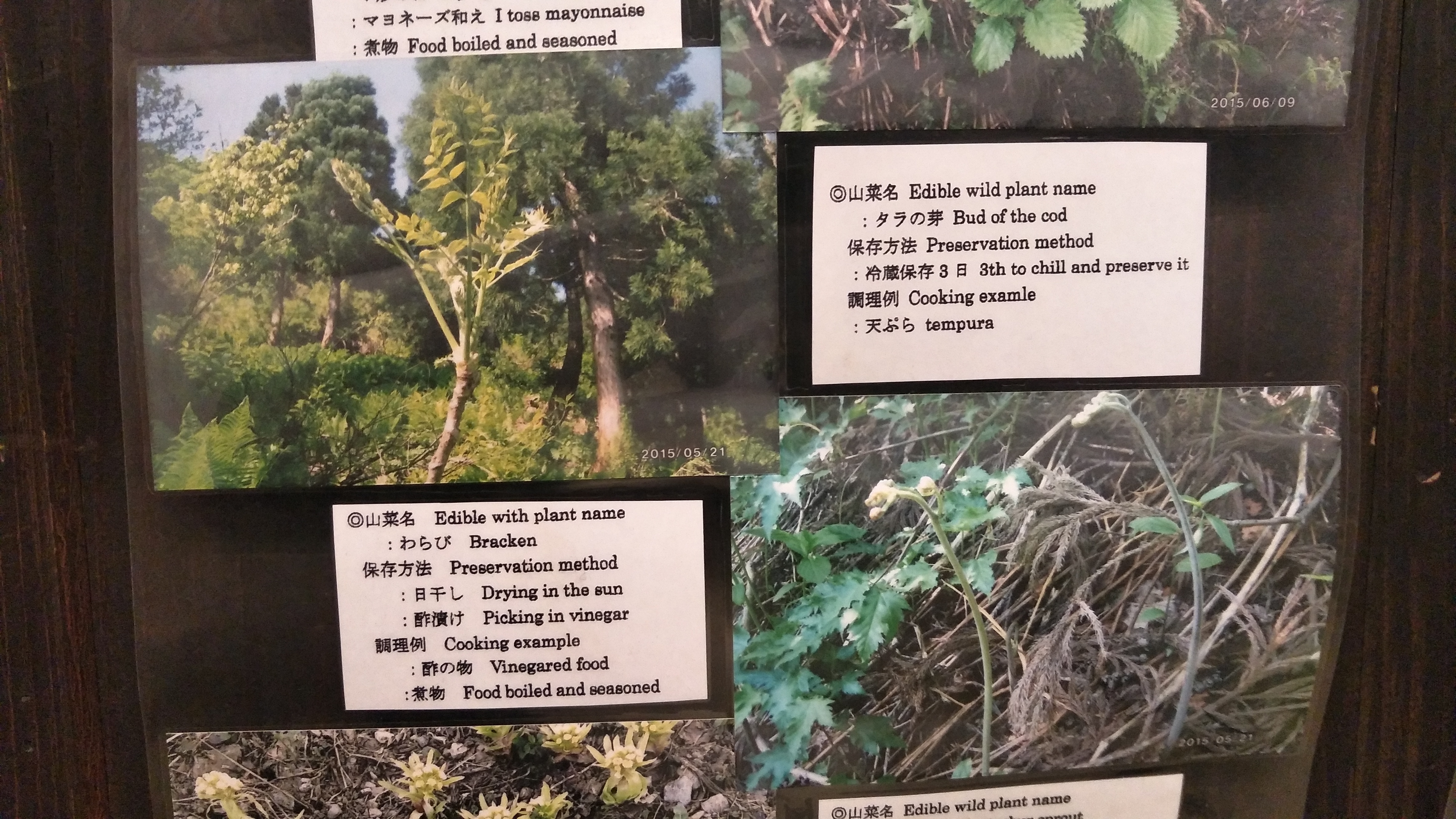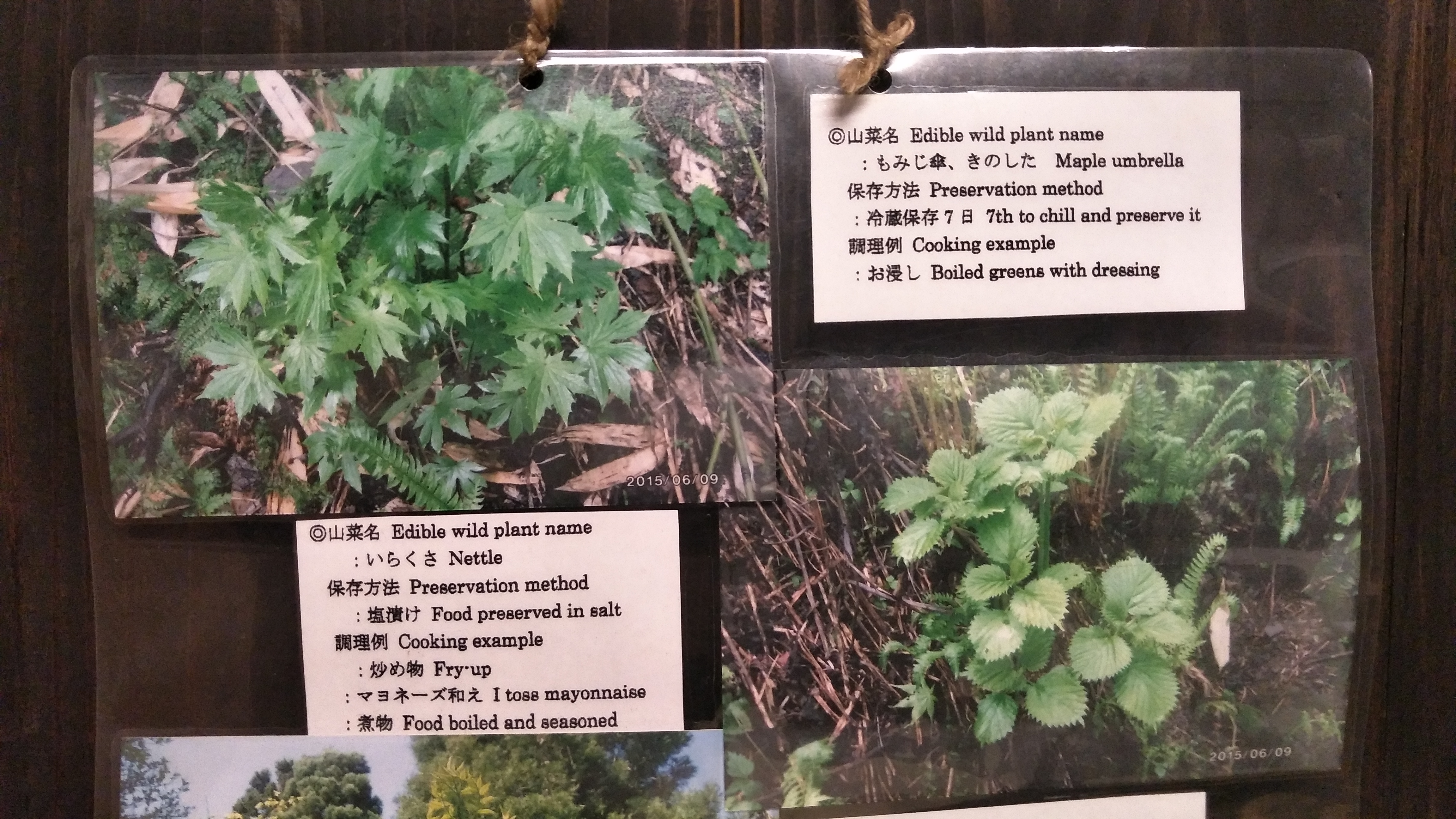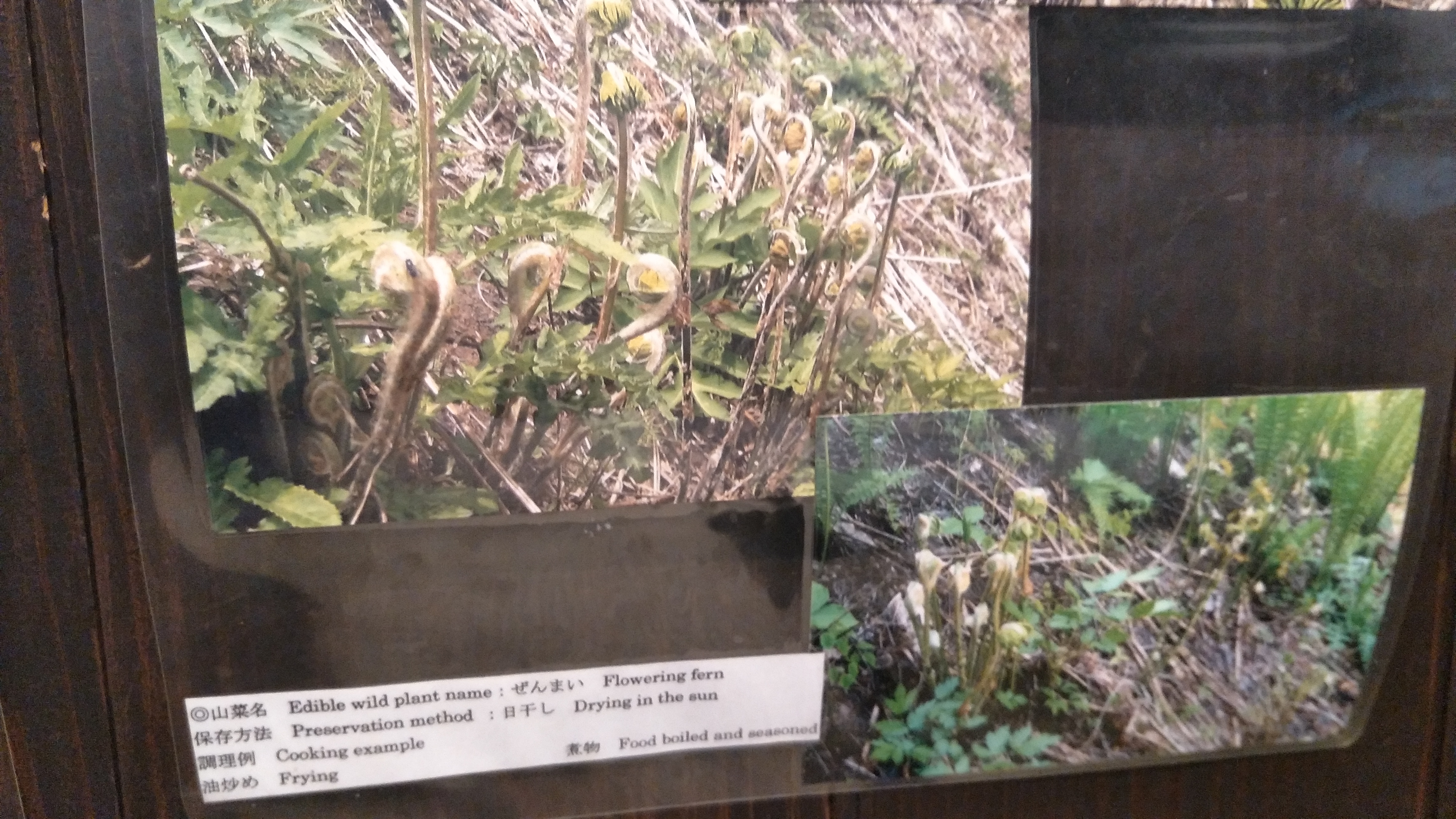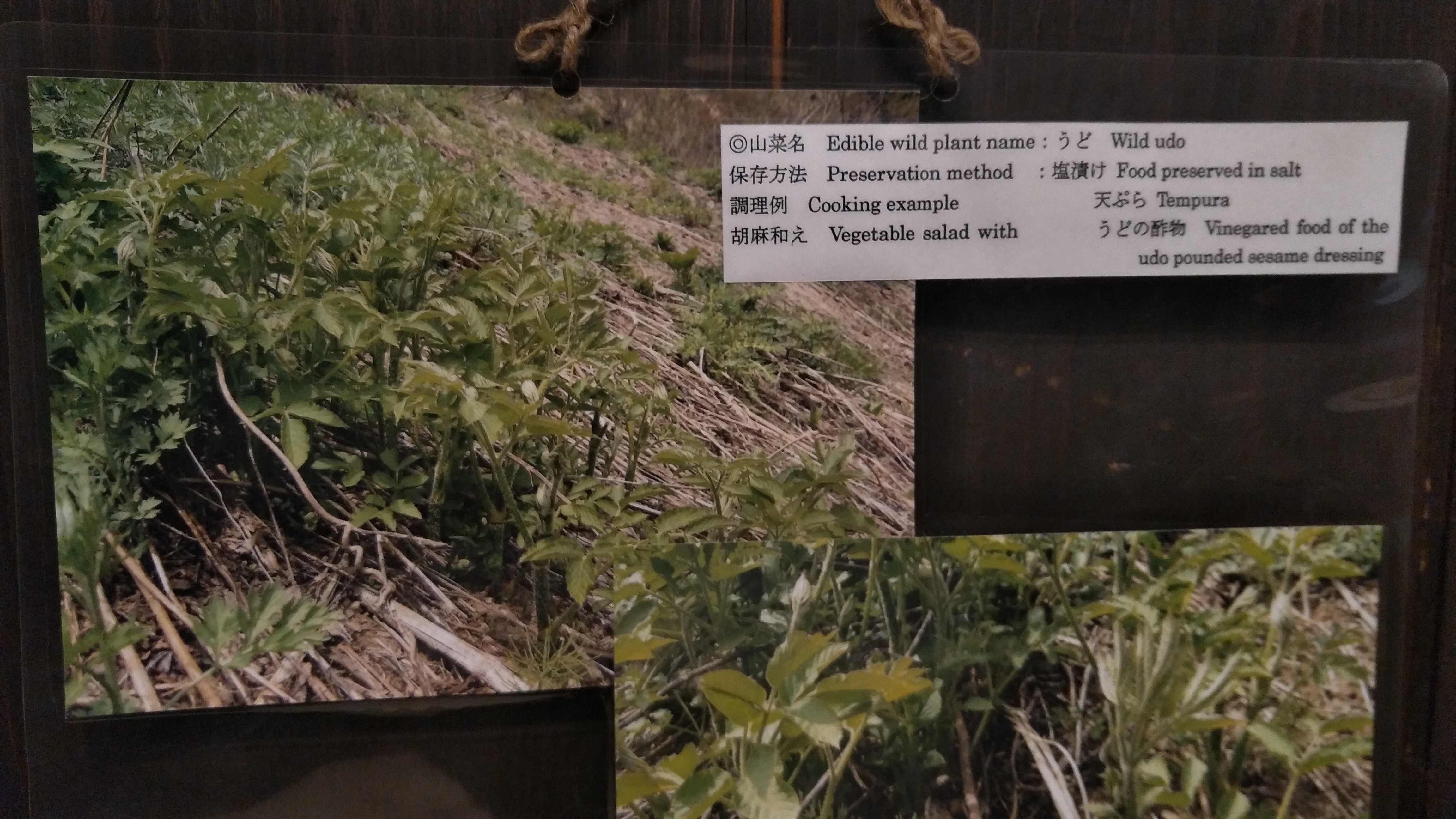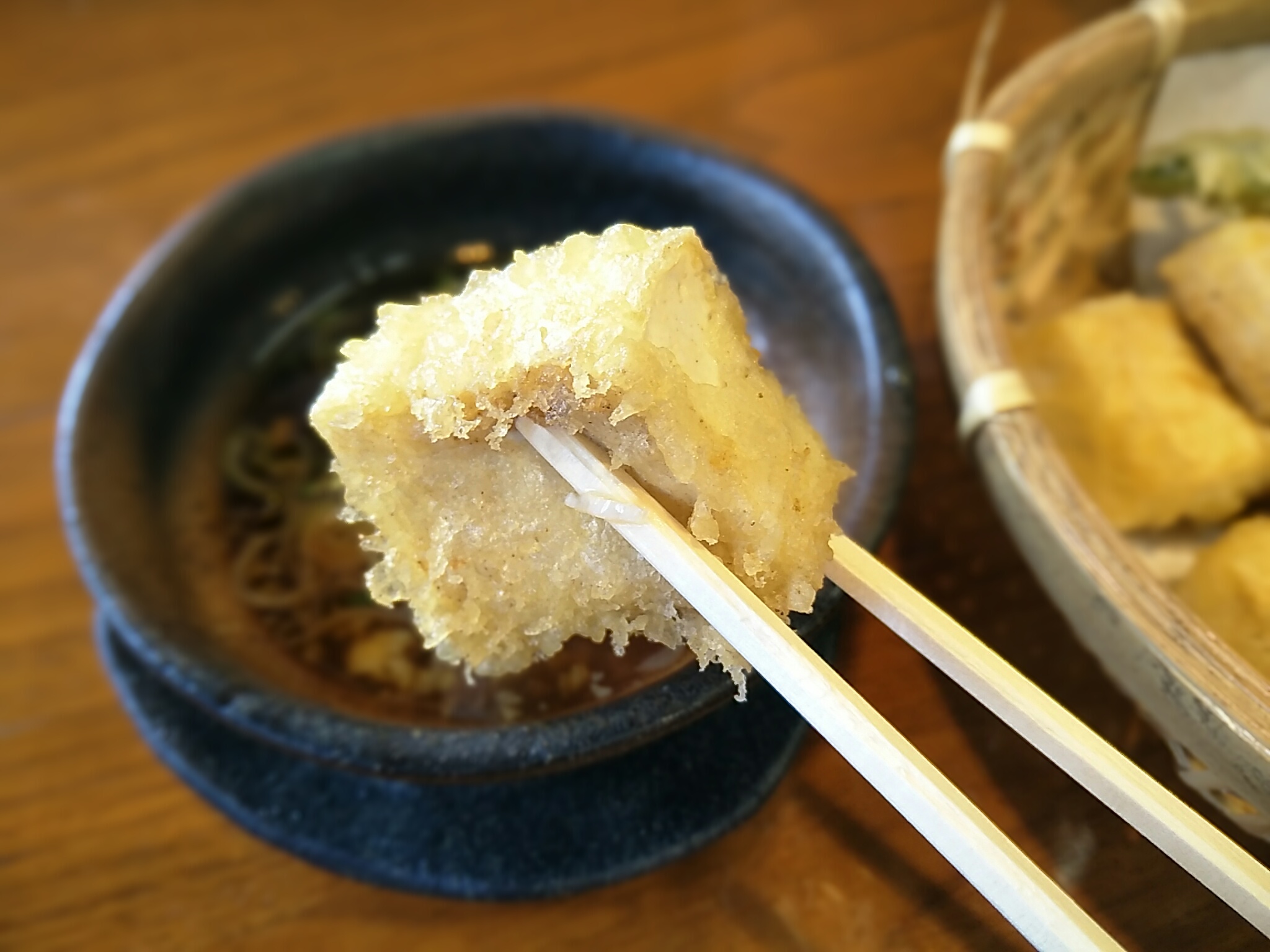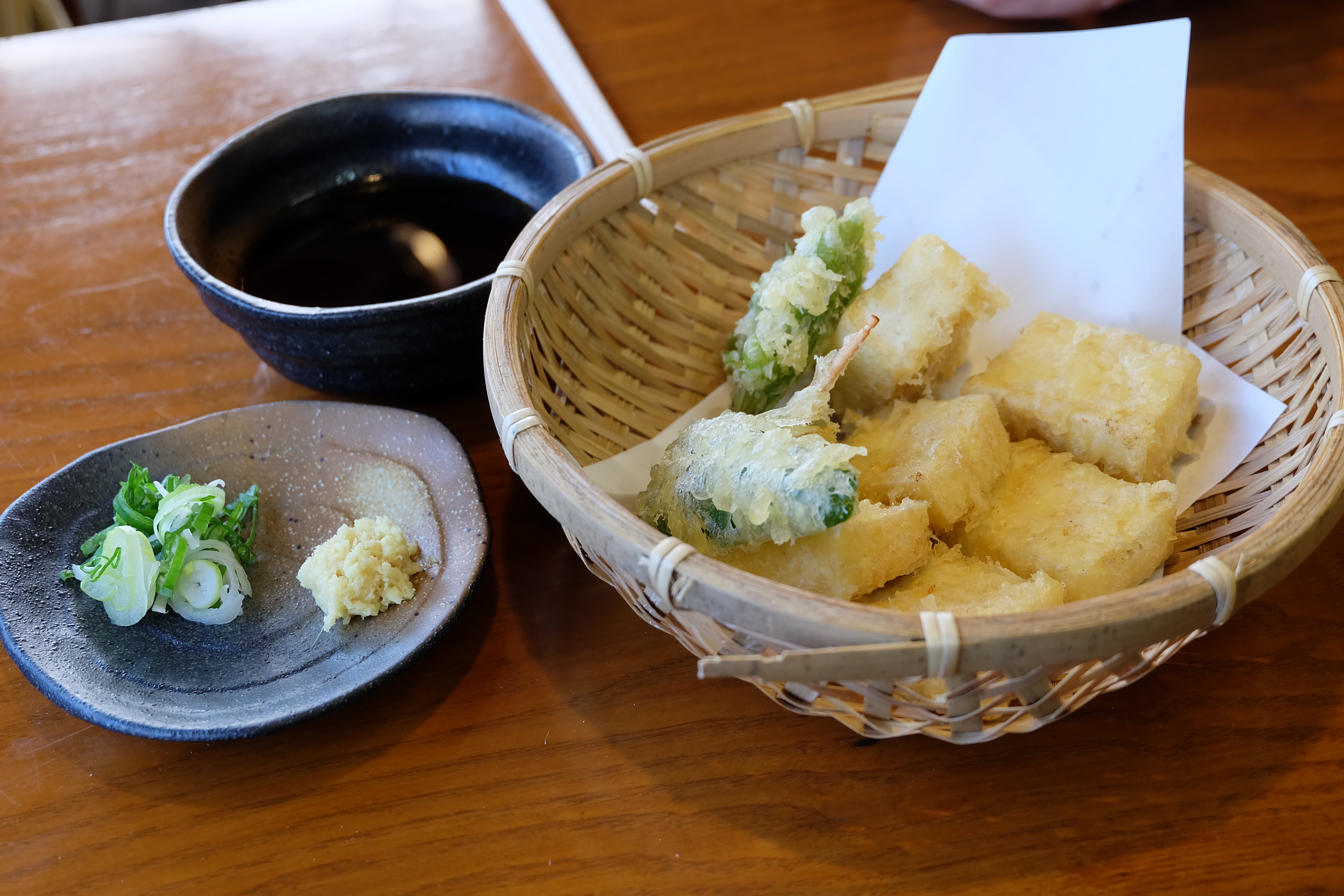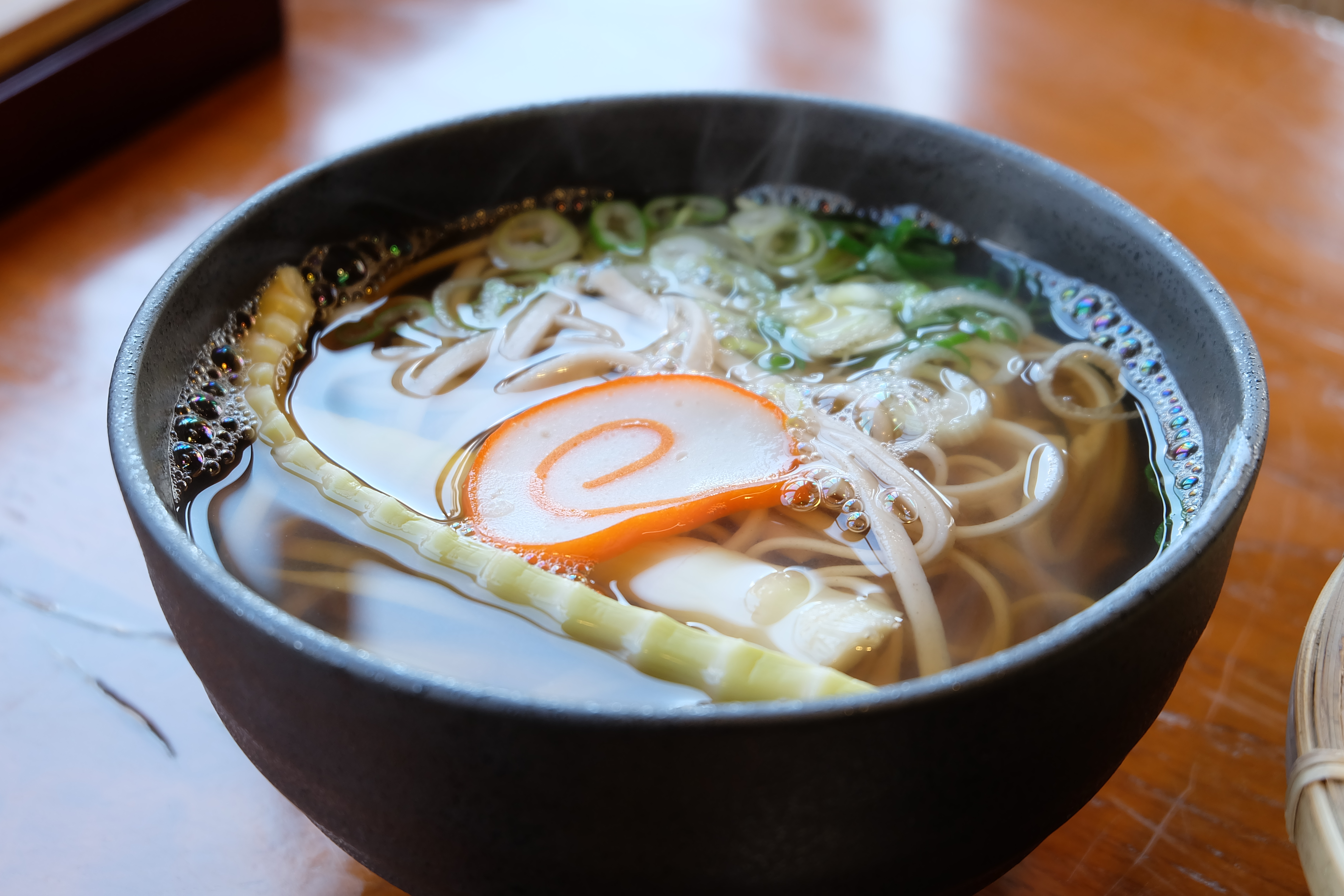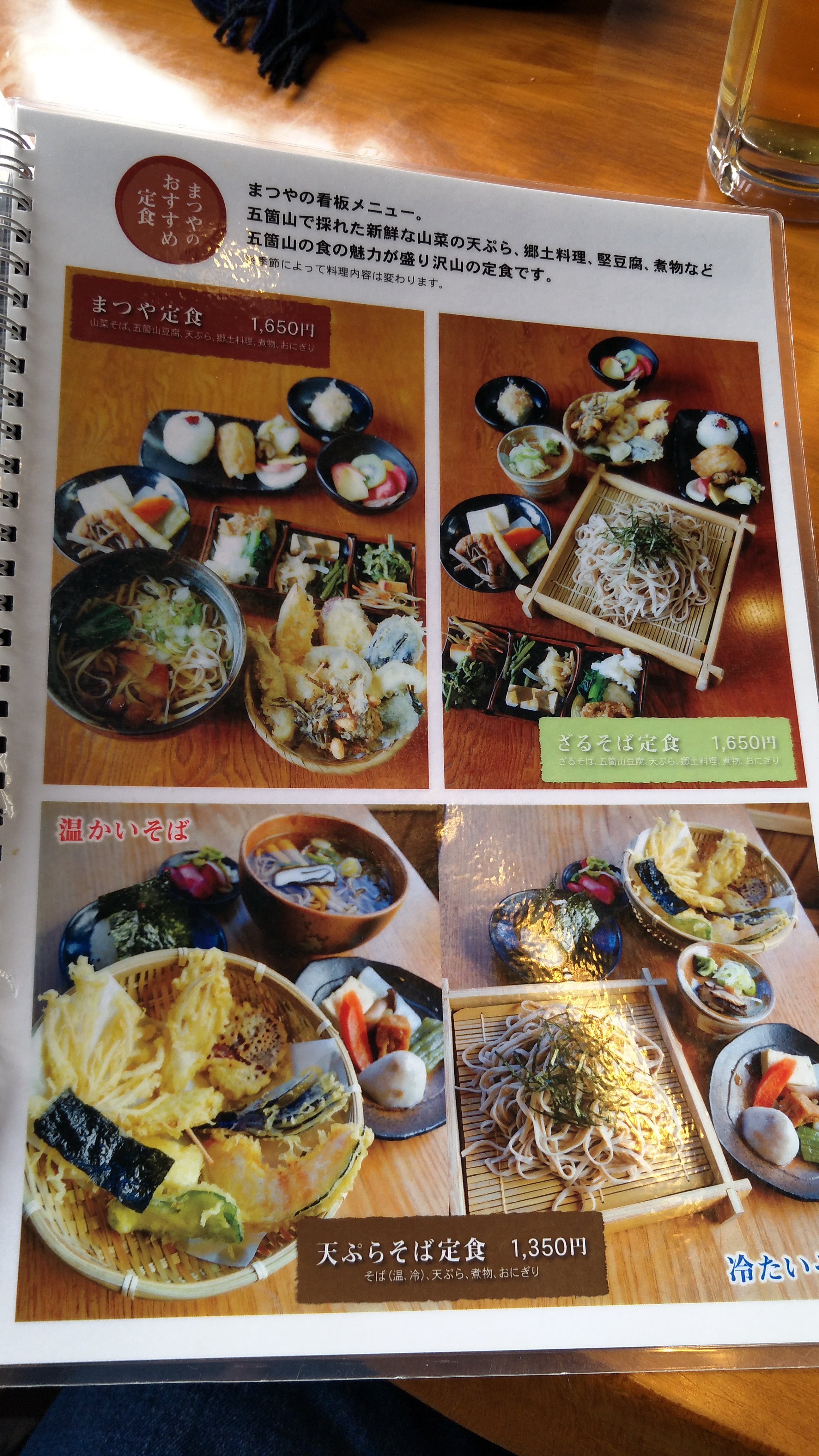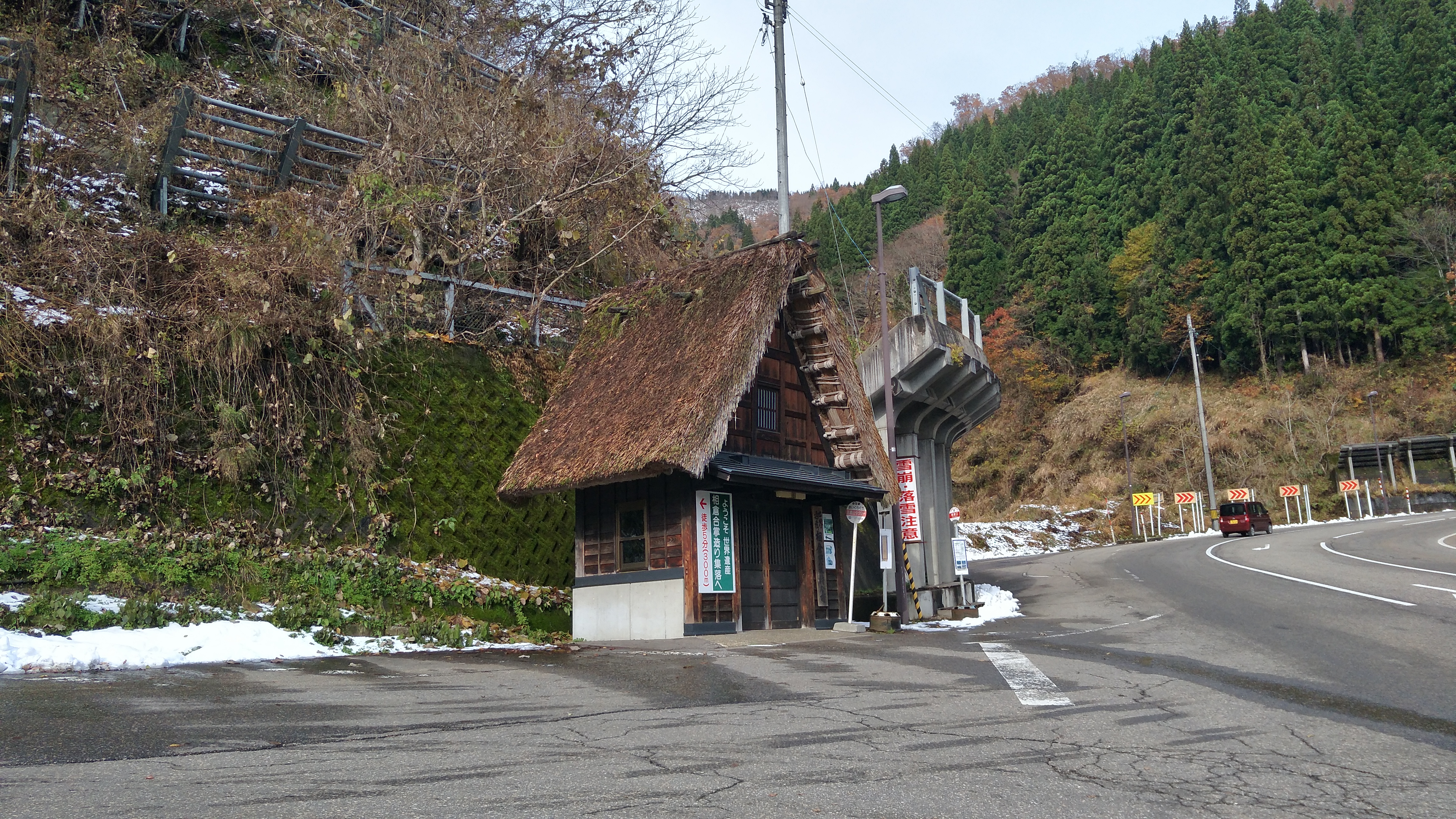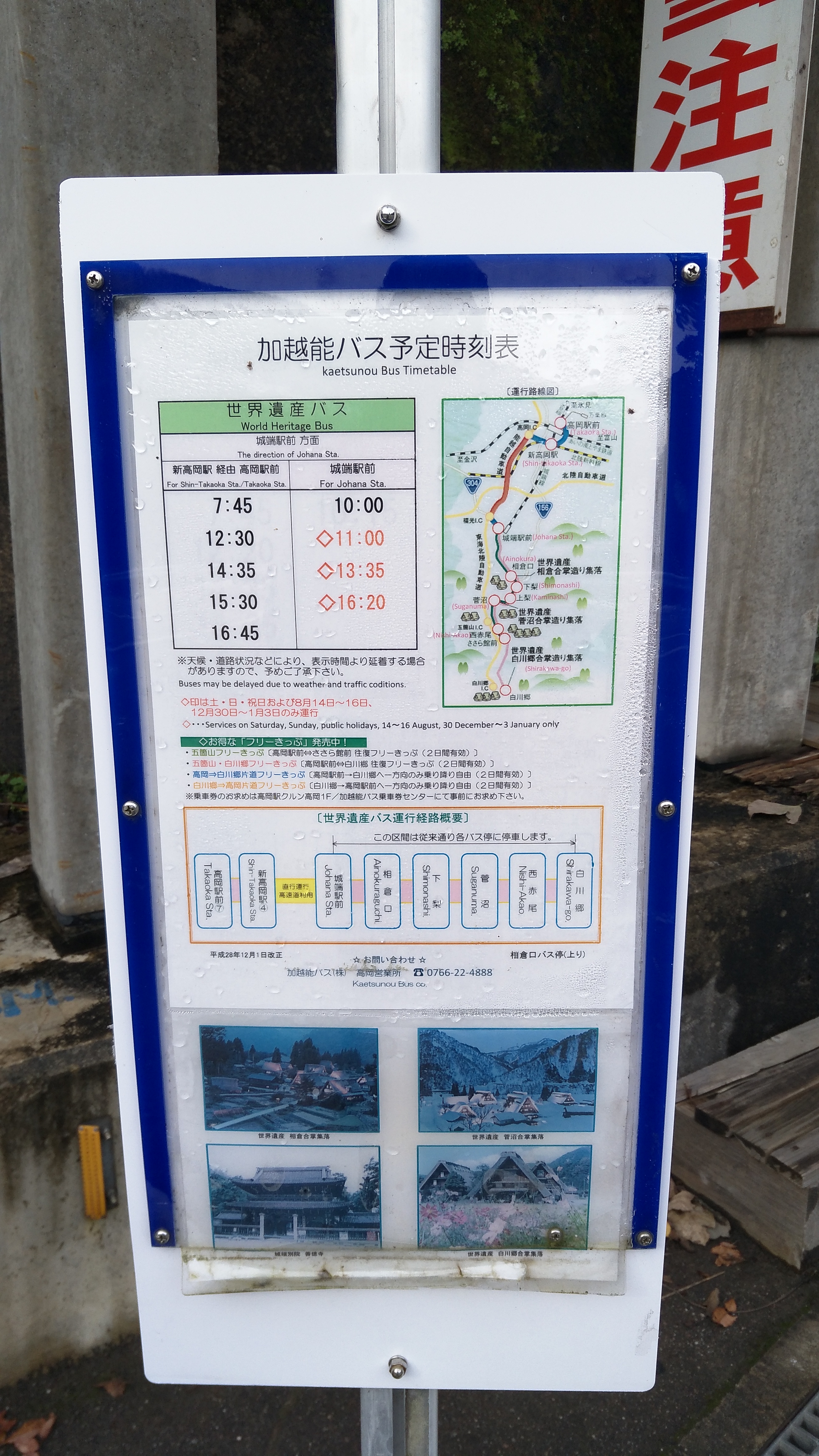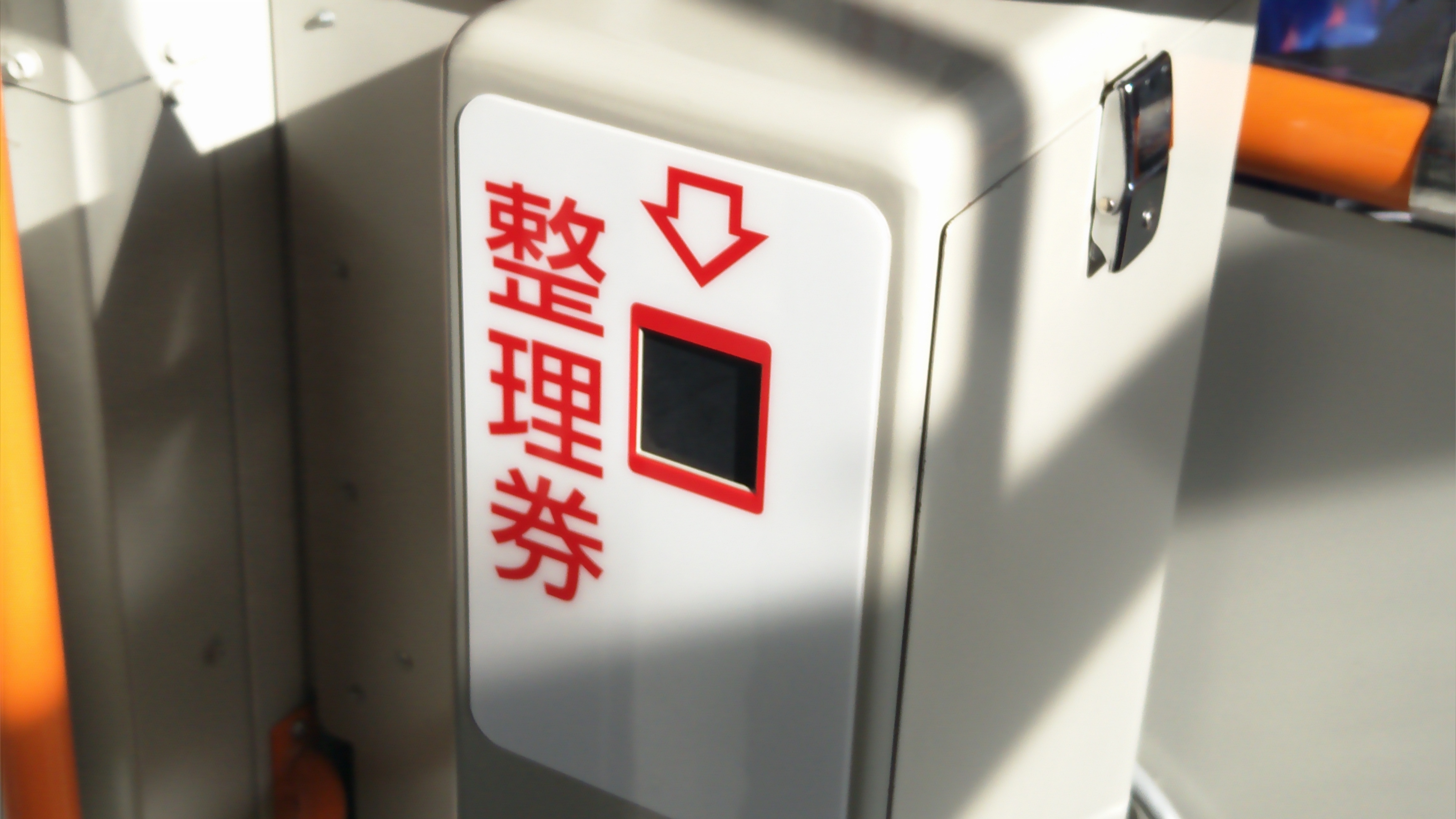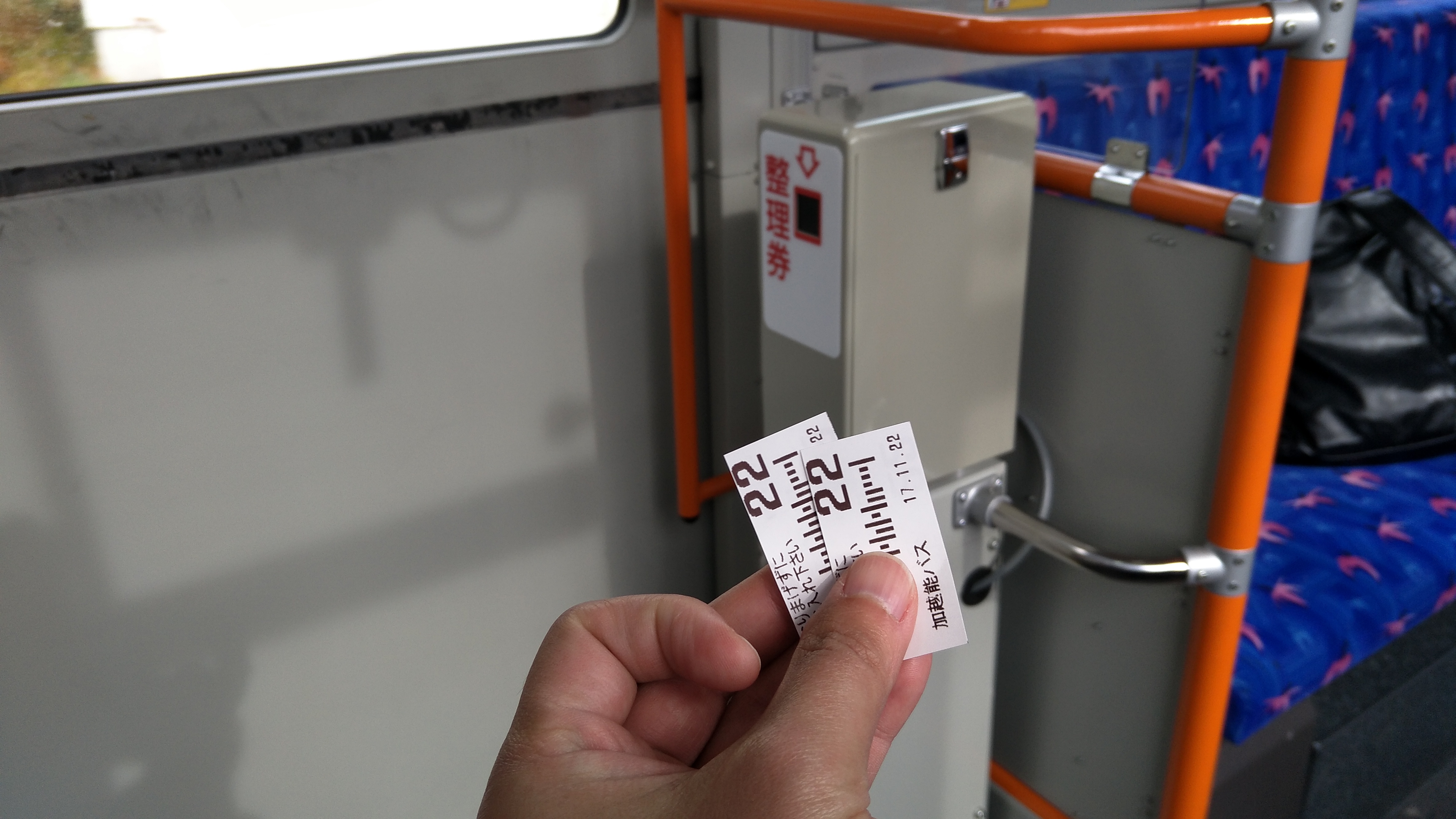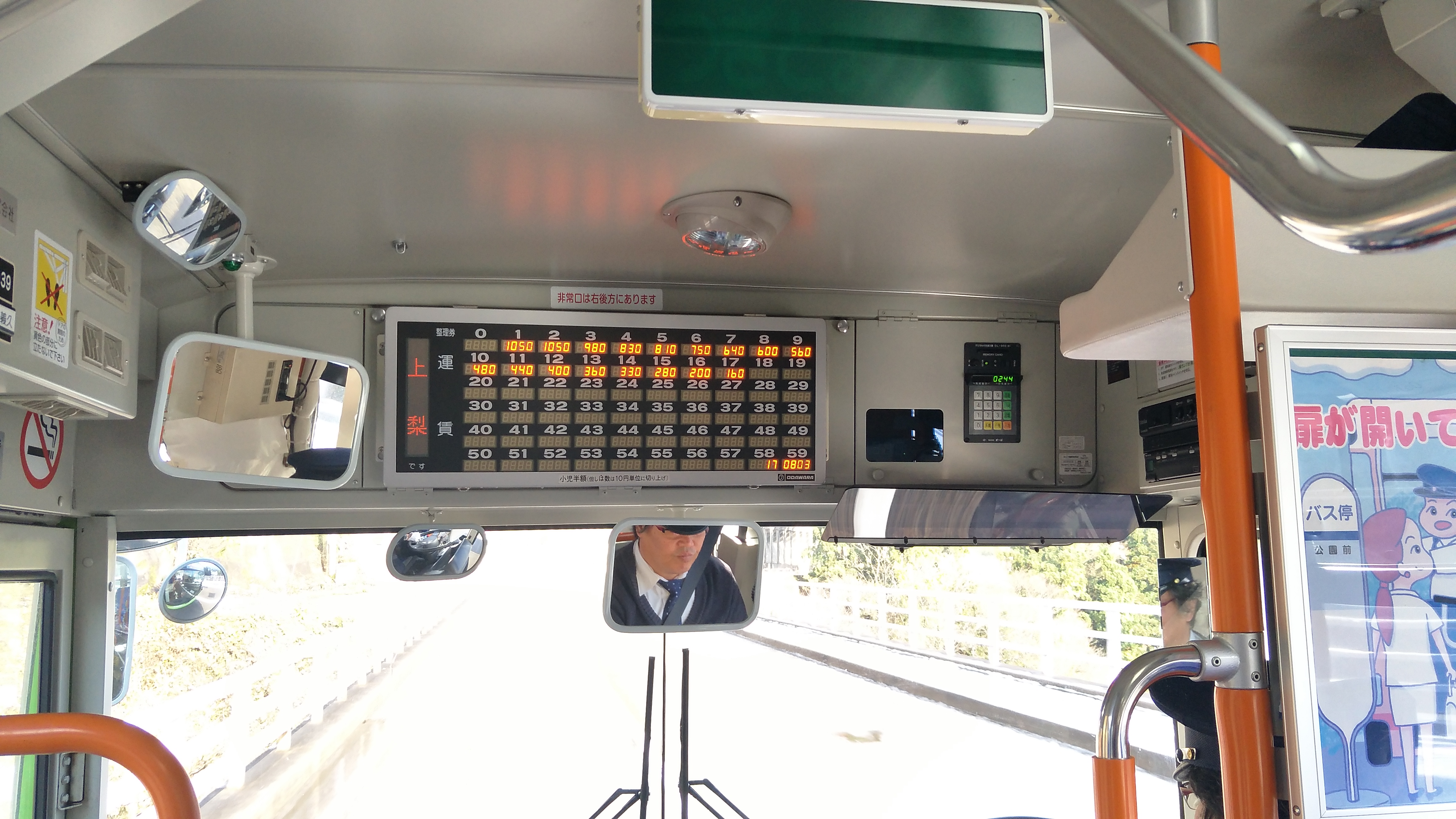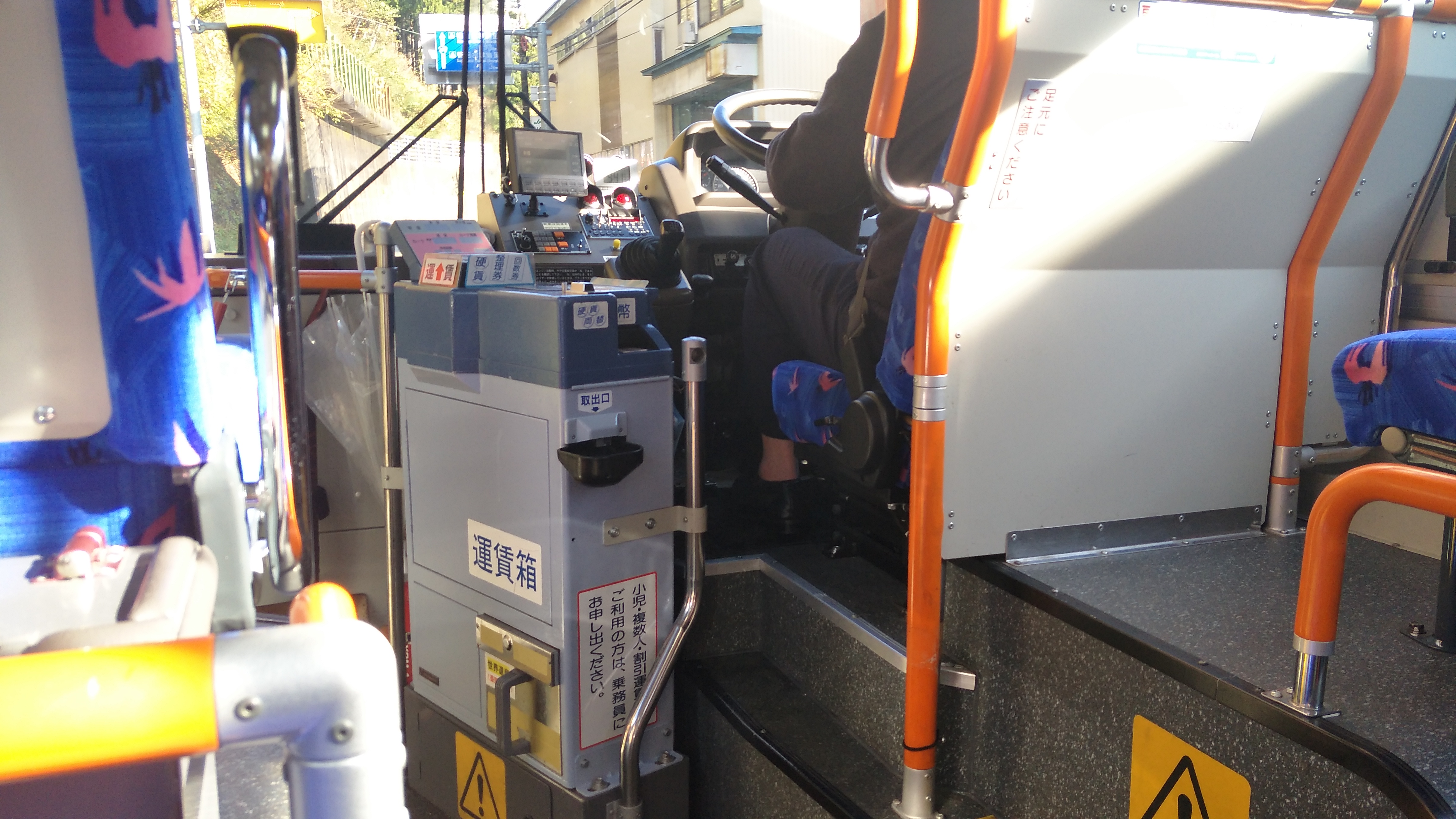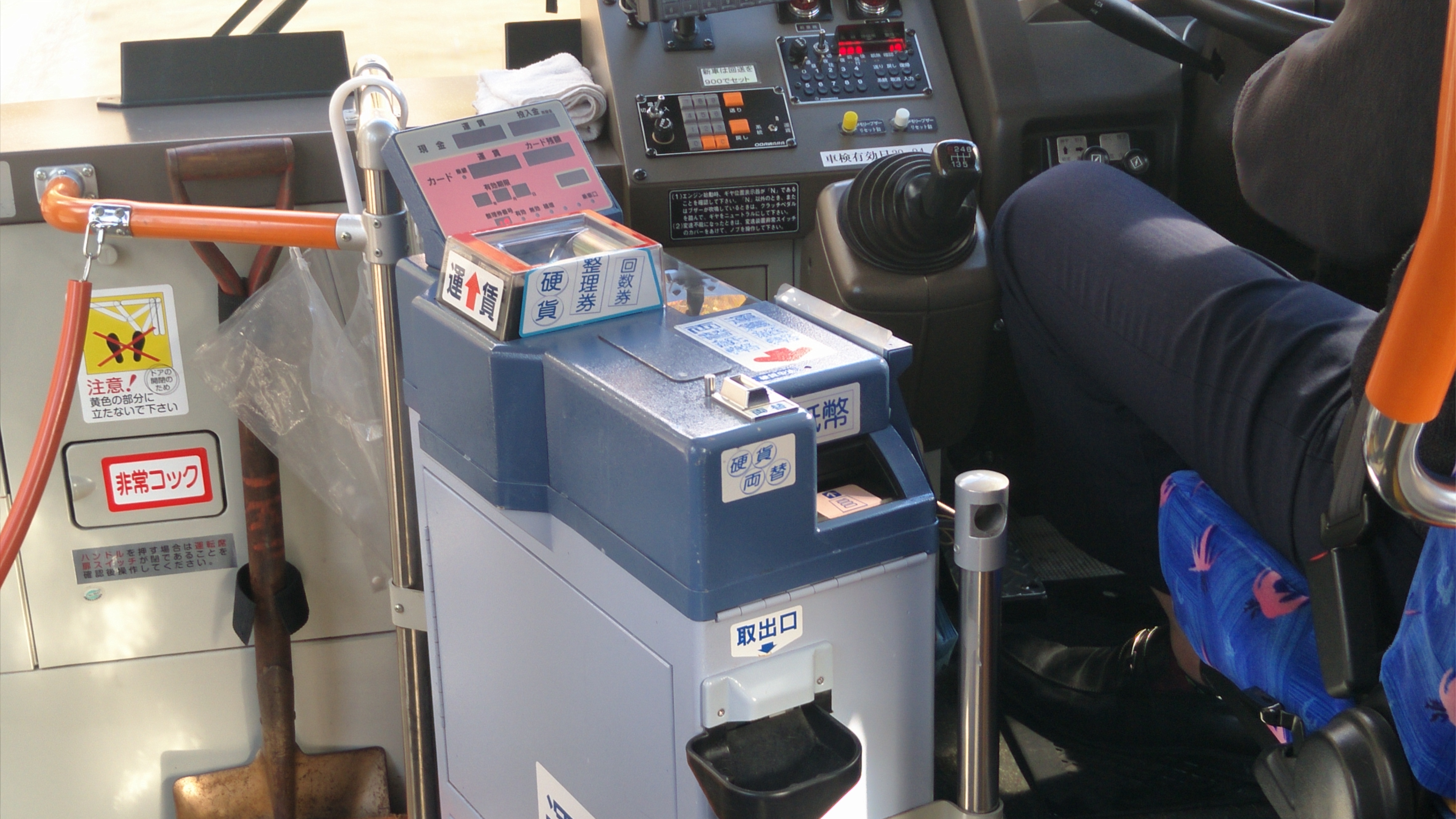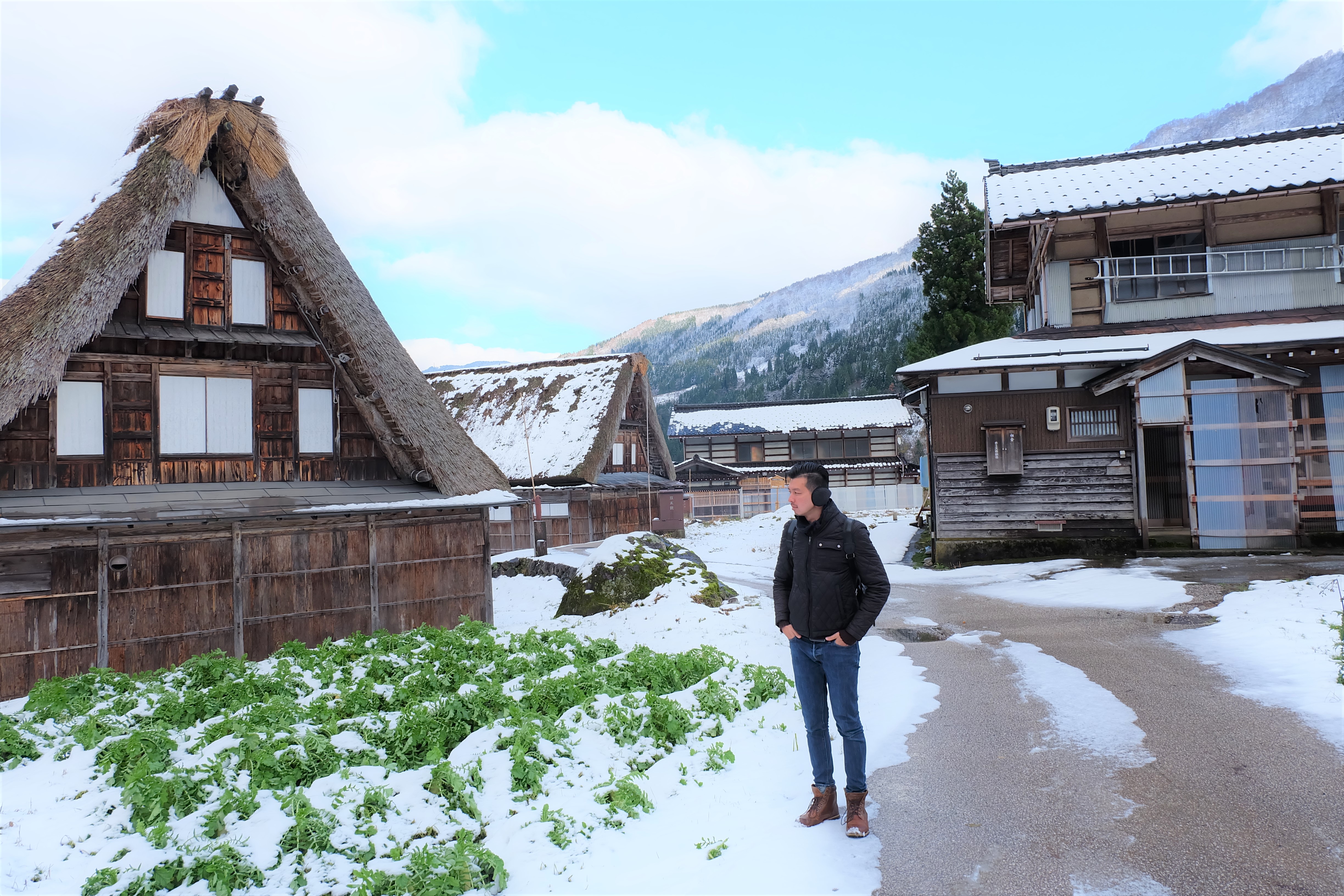
After exploring Japan’s most beautiful village, Shirakawa-go 白川郷, we decided to check out its most remote village, Ainokura 相倉.
Just like Shirakawa-go, together with Suganuma and Ogimachi, Ainokura was declared a UNESCO world heritage site in 1995 for its medieval thatchroofed gasshō-zukuri (合掌造り) farmhouses.
The largest of these villages in this remote Gokayama region, Ainokura is extremely hard to get to. It contains only around 20 houses and can frankly be explored in 5-6 houses.
However, we decided to stay back one night in a farmhouse to experience the remoteness of this village (which incidentally turned out to be a complete disaster, because a noisy three-generational Thai family happened to have the same idea in our guesthouse).
Ainokura 相倉 was a great foodie experience
Compared to Shirakawa-go, Ainokura was not at all spectacular. The gasshō-zukuri (合掌造り) farmhouses are of a smaller scale and the village is very limited in terms of activities and sights. They also look less medieval because real people live in them while Shirakawa-go has become a tourist town.
However, we have had the best foodie experience in Ainokura 相倉 which we could not have had in Shirakawa-go.
Sansai 山菜
In both the only restaurant in the village and in the guesthouse, we had freshly foraged edible wild greens. Loosely termed in Japanese as ‘sansai’ (山菜), these are either boiled and then tossed in a salad or fried as tempura. To be honest, these were a branch of Japanese cuisine that is hard to find outside of Japan and certainly not in the cities. Sansai requires experienced foraging and in these remote mountains where the temperature is low all year round, villages have been foraging for generations in the thick forests around them.
As you can see from the photos I have taken in our guesthouse, the villagers were keen to showcase their local cuisine and explain what the different wild greens are in English.
In the village restaurant, you can purchase various foodstuff containing sansai, like miso pastes.
Tofu 豆腐
I didn’t expect the fried tofu to be so good but it was! Apparently, Ainokura 相倉 is well known for its fried tofu. Unlike Chinese fried tofu, Japanese fried tofu is first dipped in tempura batter so the crust is very light and very crispy. Handmade, non-industrial tofu is far superior in taste than those you get in supermarkets!
Soba noodles 蕎麦
Ainokura 相倉 is also very proud of its thin, locally produced buckwheat noodles. Do not ask for “ramen” here because unknown to many foreigners, ramen is actually a recent Chinese import (or rather, Japanese idea of a Chinese product).
Like udon, soba is a form of traditional Japanese noodles and has been handmade in homes here in Ainokura 相倉 for centuries. Soba is normally eaten in a light, clear broth. Try out the most authentic taste of fresh soba – it is quite unlike the dried versions you get outside of Japan.
How to get to Ainokura 相倉
There are no trains, taxis or comfy buses to get to Ainokura 相倉, only one public bus run by the JR Hokuriku Shinkansen line. This bus runs five or six times daily between Shirakawa-go and JR Takaoka station. Note that buses run ON TIME in Japan. Do not expect the buses to wait for you because you are running after it.
You can check out the updated time table on their website.
Many foreigners also do not understand how public buses operate in Japan. Here is a step-by-step guide below.
1. Wait at the bus-stop and queue up behind the person before you, not by his side or in your own invisible alternative queue. Do not run off to buy drinks and expect to cut back into the queue.
2. Once the bus arrives, board through the door in the middle, not in front by the driver – that is for alighting.
3. Immediately after you get into the bus, take your bus ticket from the ticket dispenser. The ticket contains the number of the bus-stop at which you have boarded. Keep the ticket.
4. You will see a huge electronic board above on the left of the driver. This marks the price each ticket with different bus-stop numbers have to pay by the time the bus arrives at the next bus-stop. The further you travel, the more the price will increase for the number that is indicated on your ticket.
5. There is a huge metallic box beside the driver. It has two uses: one for changing big coins and notes into smaller change, the other to pay.
6. To get smaller change: insert your big coins into the small top silver insertion hole or your note into the slot marked with a pink sticker. Your coins will then appear in the black bowl below. Collect them and go back to your seat and continue your journey.
7. Once you’ve reached your stop, put your EXACT change and your ticket into the payment hole (the big hole on the top of that metallic case). One passenger per payment, so that the machine can calculate and indicate to the driver if the amount was correct. Putting all the coins for your whole group is not done. Do not forget to thank the driver on your way out, it is only polite and normal to do so.
